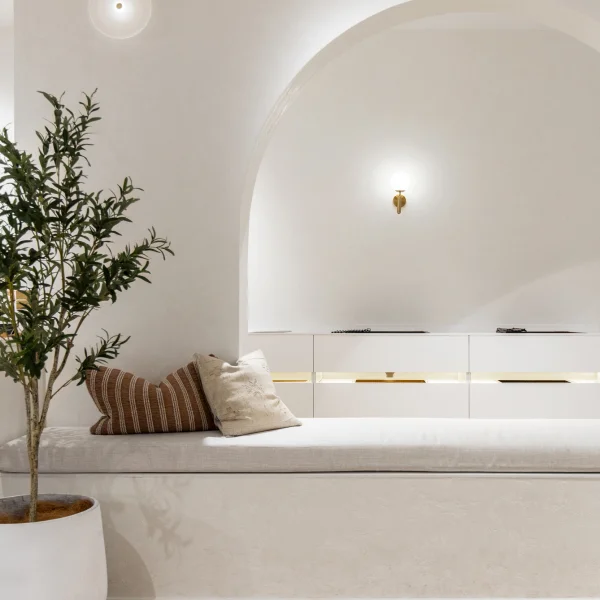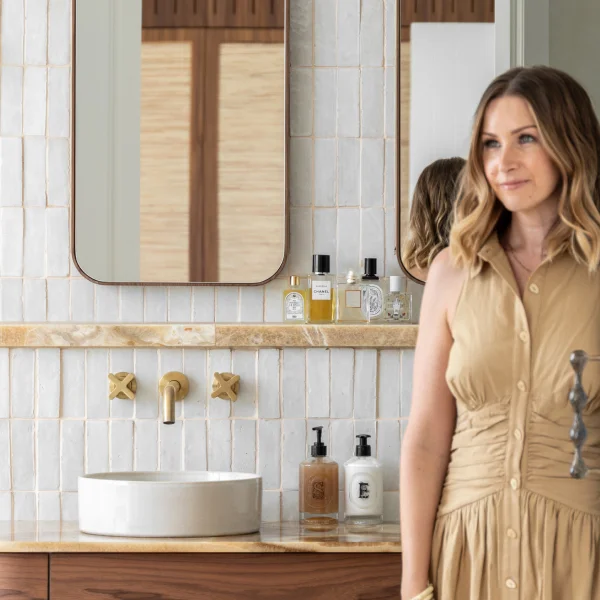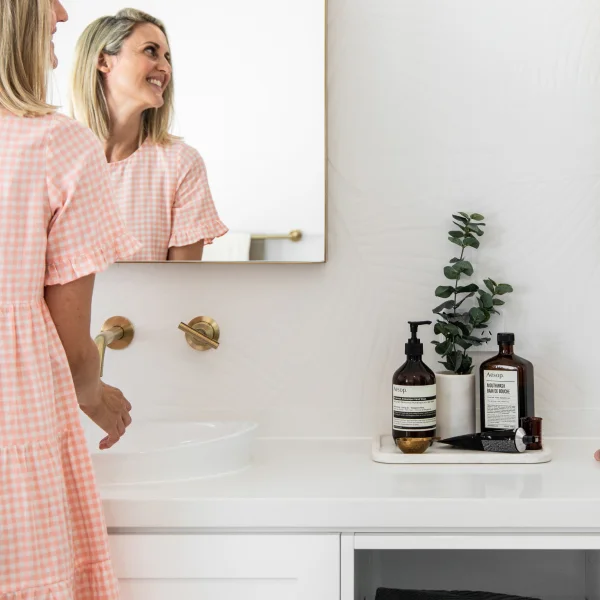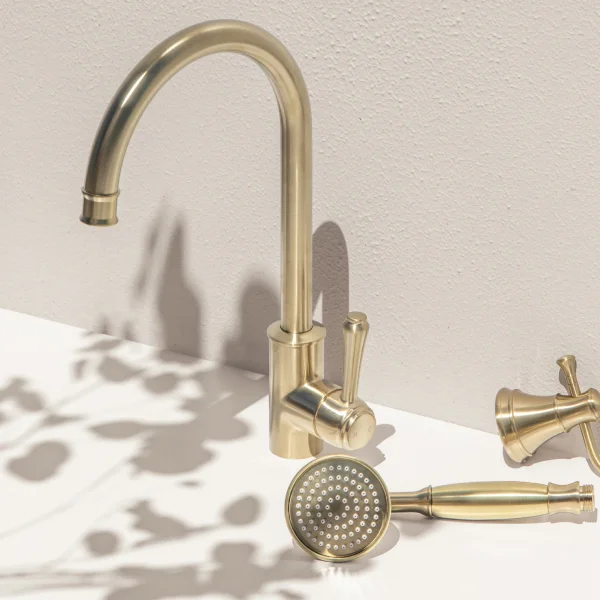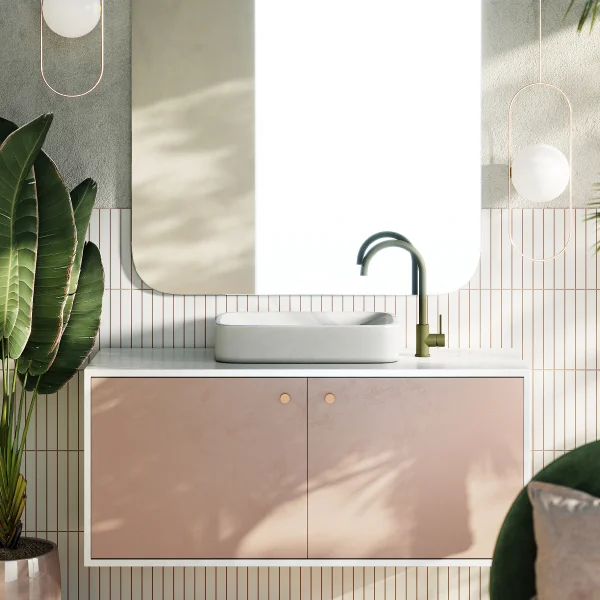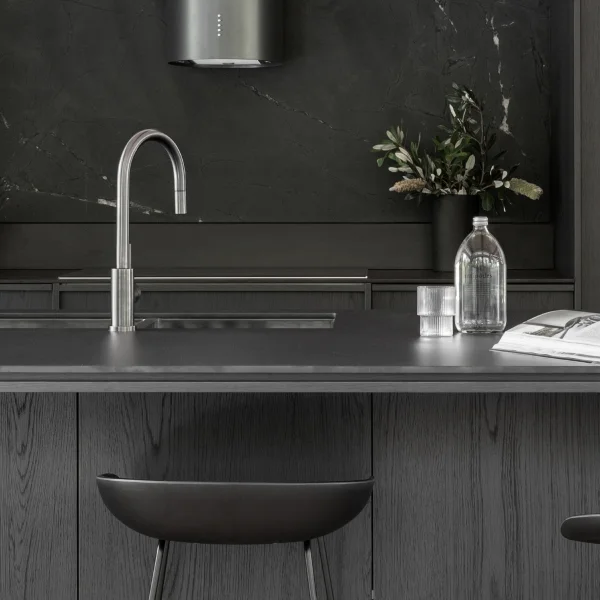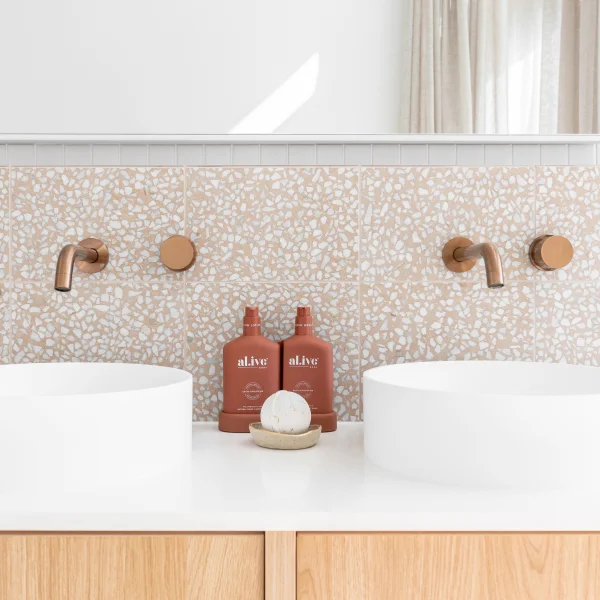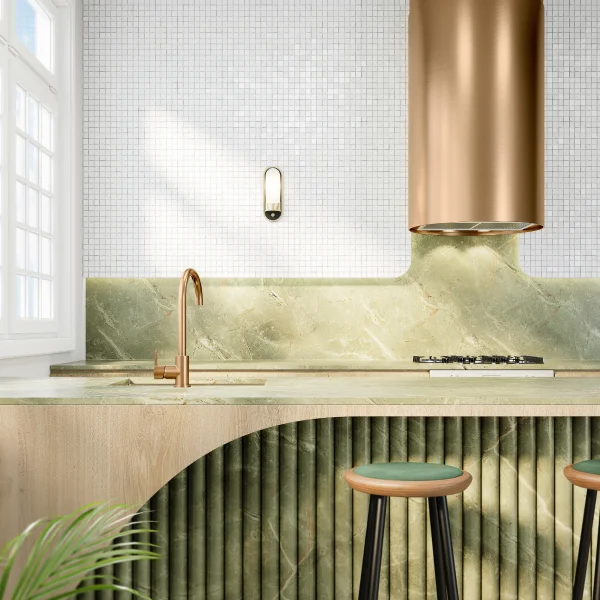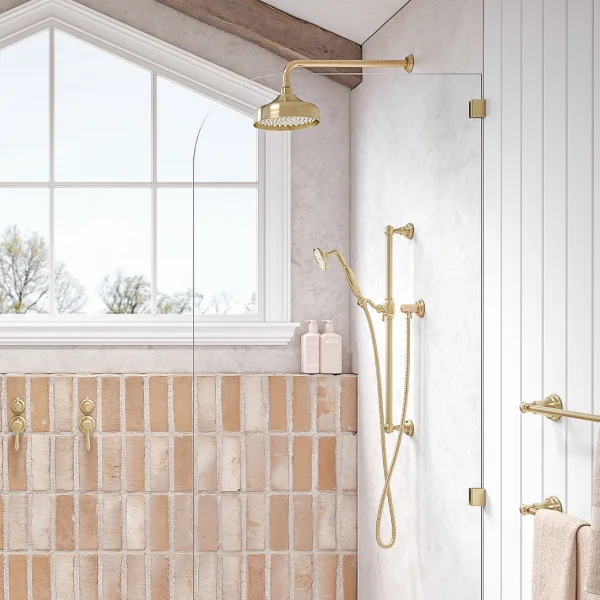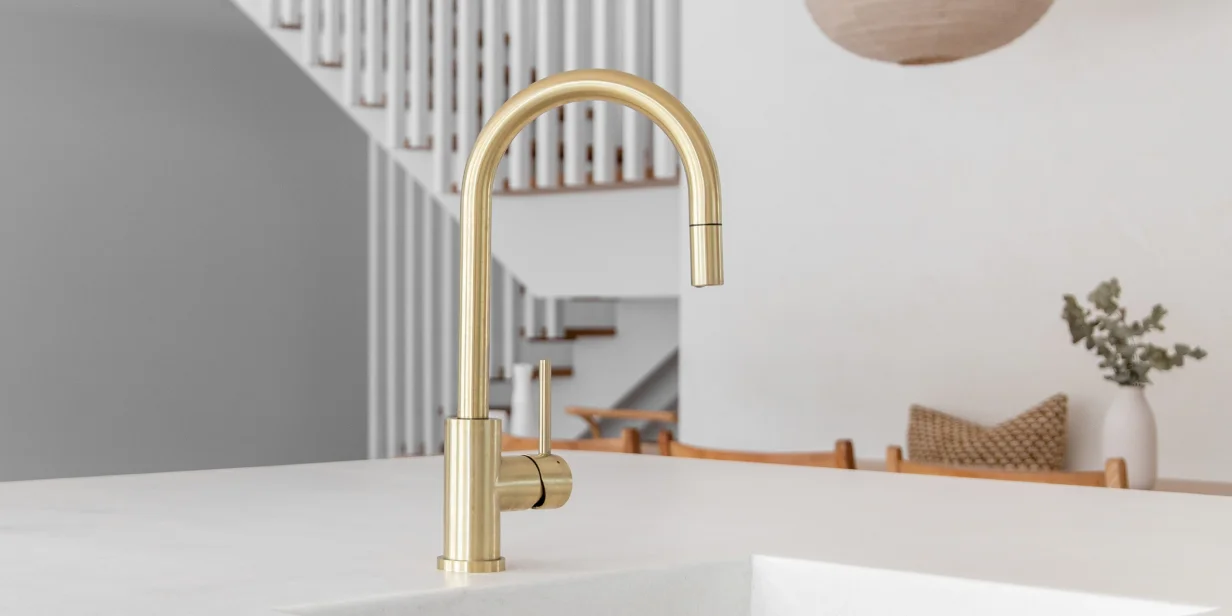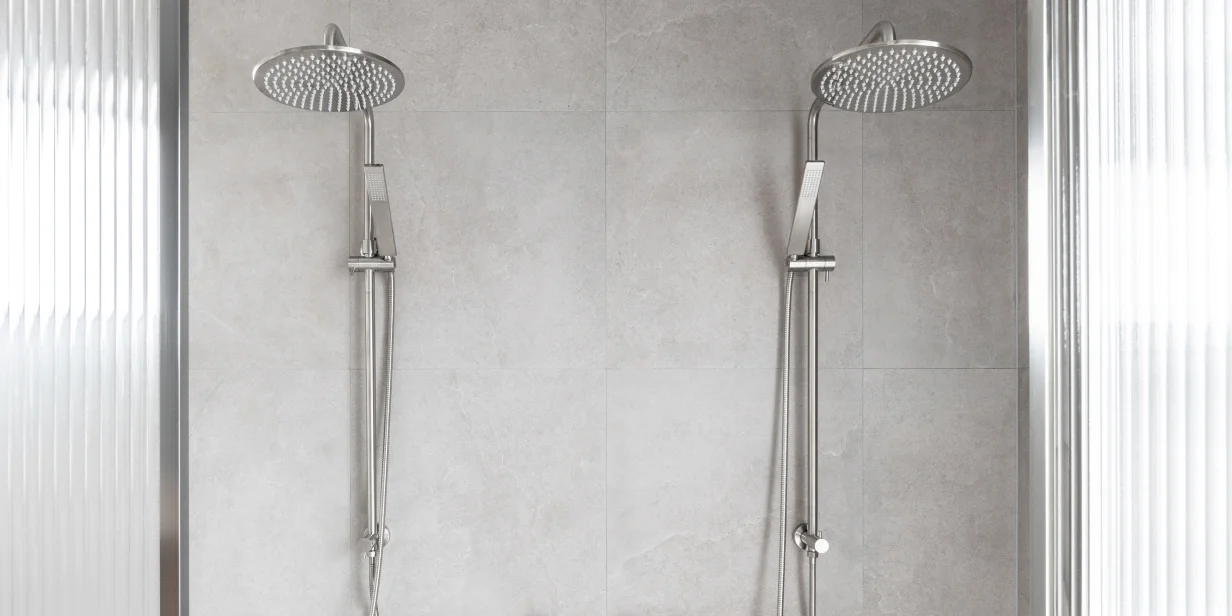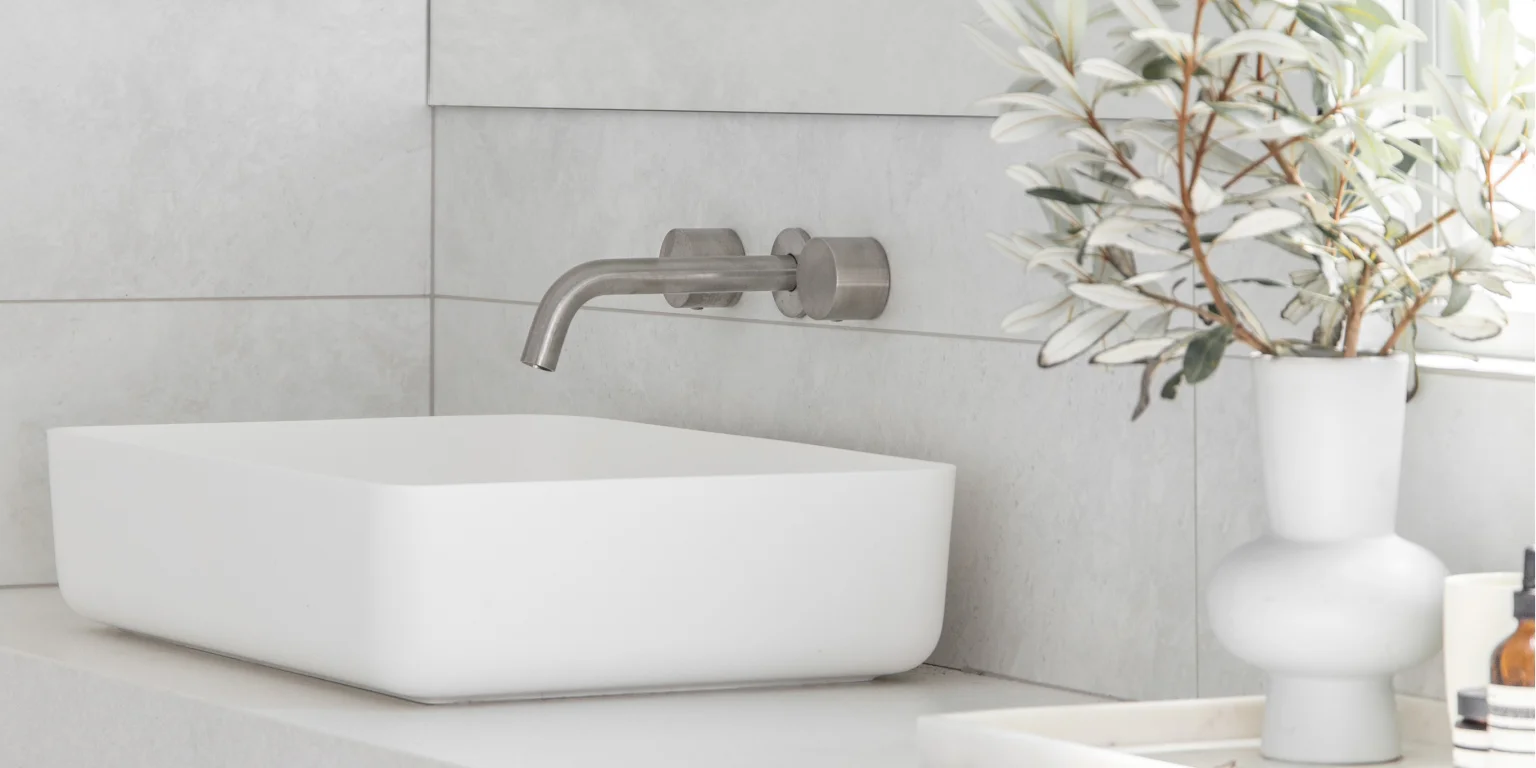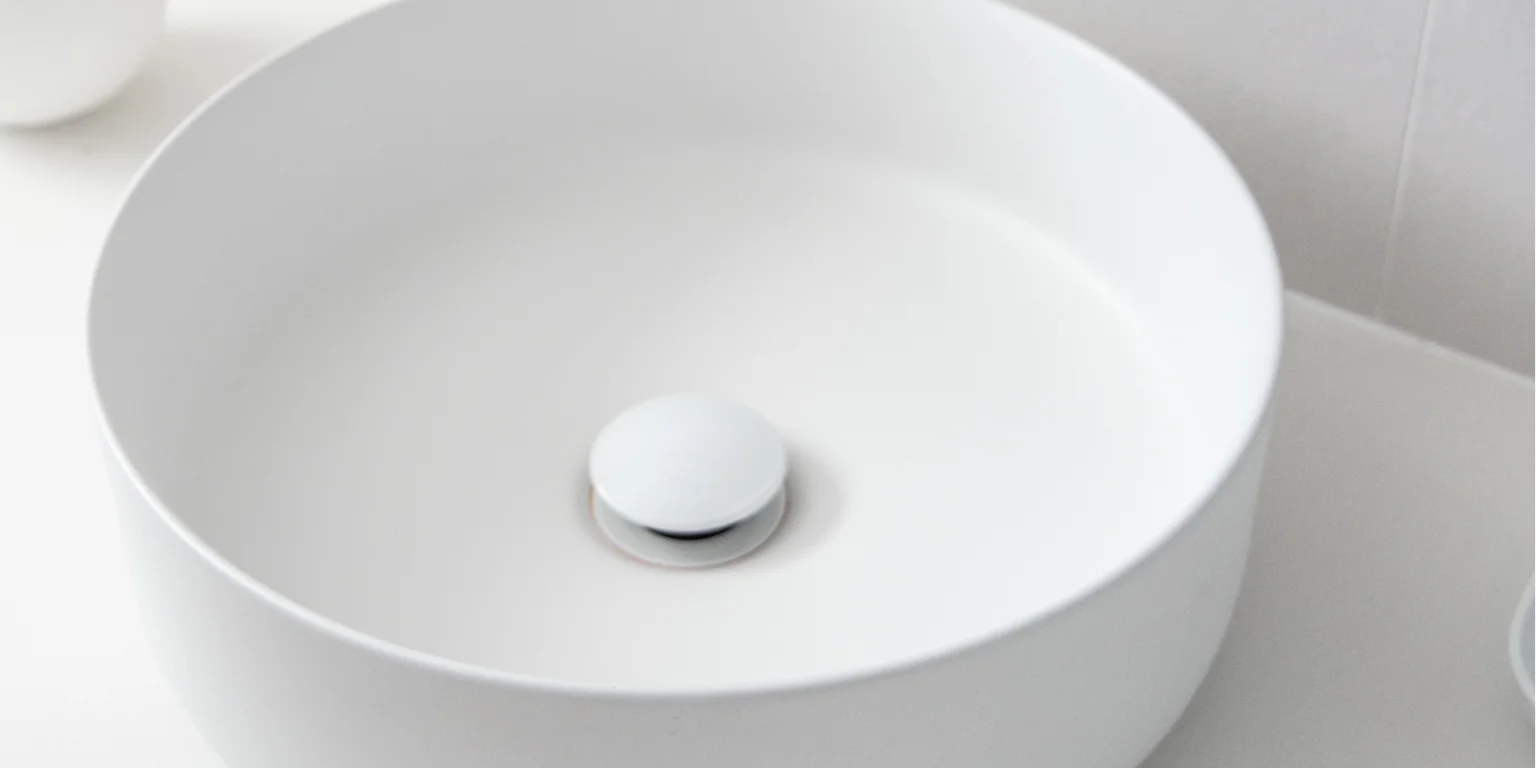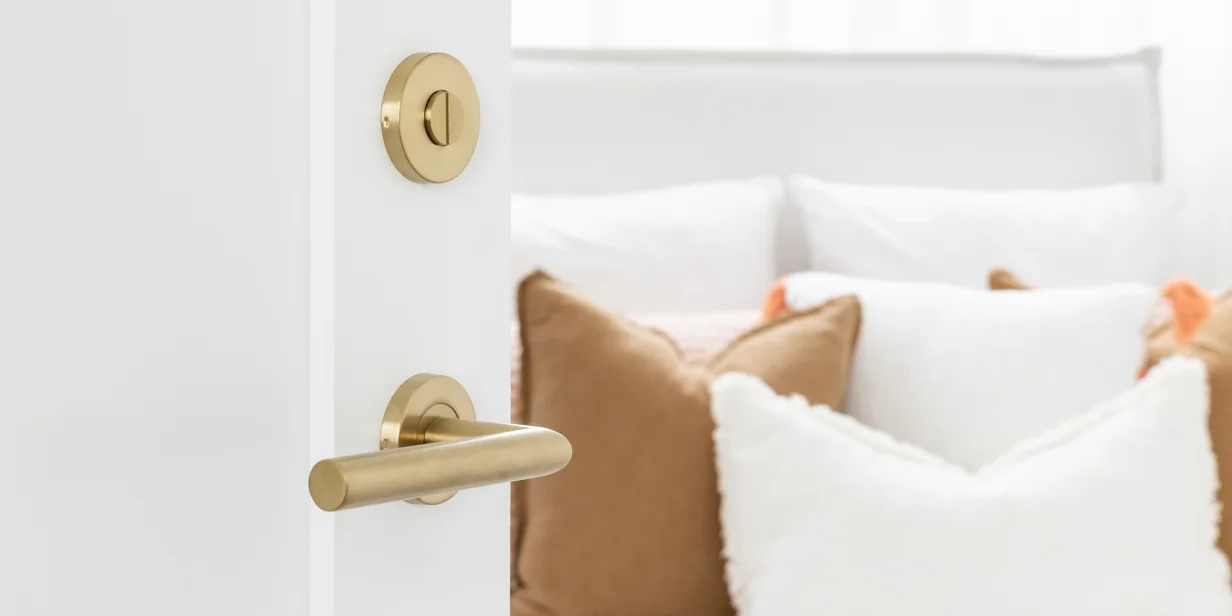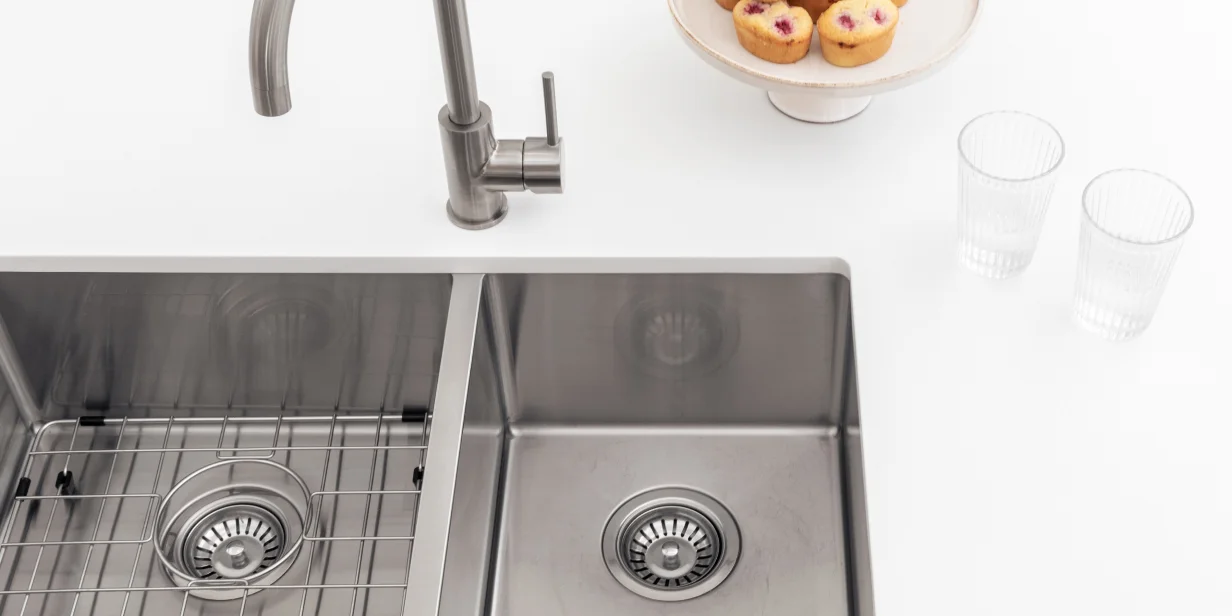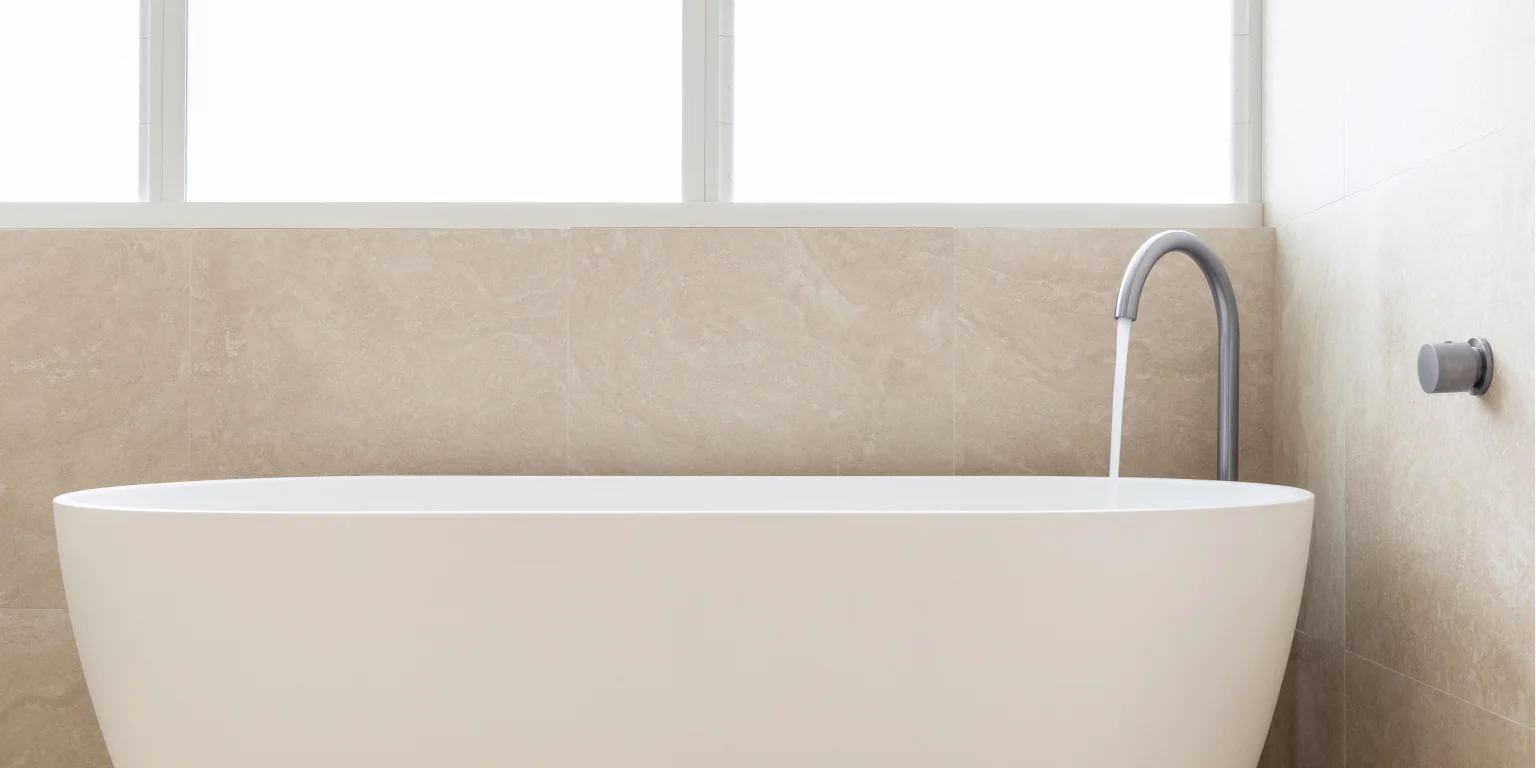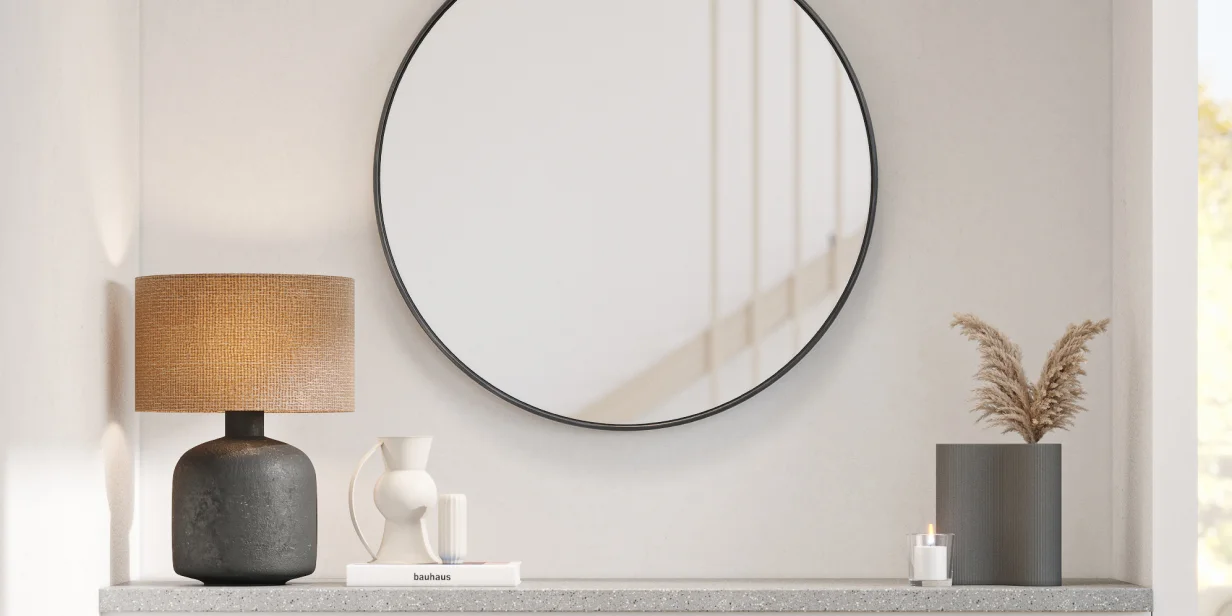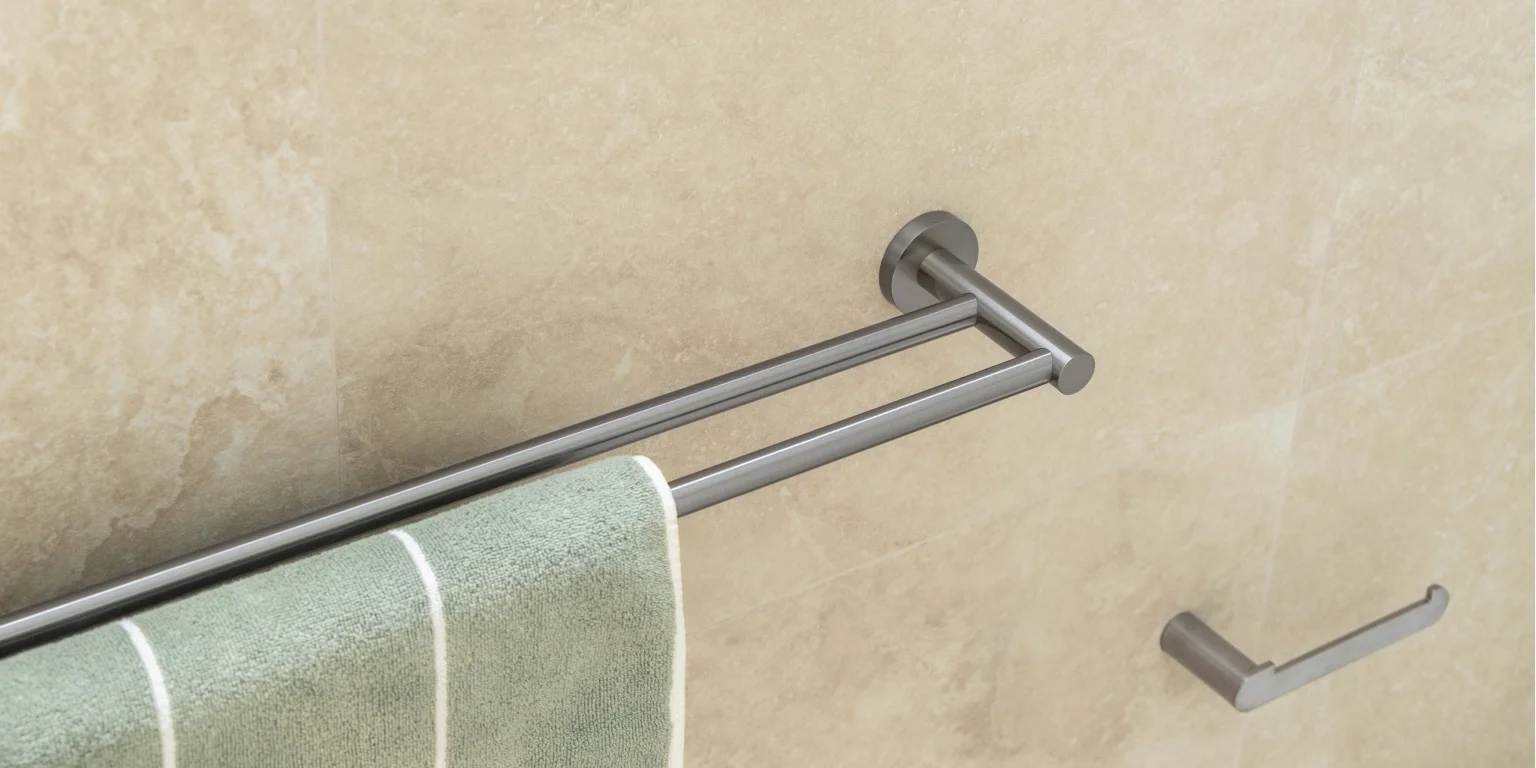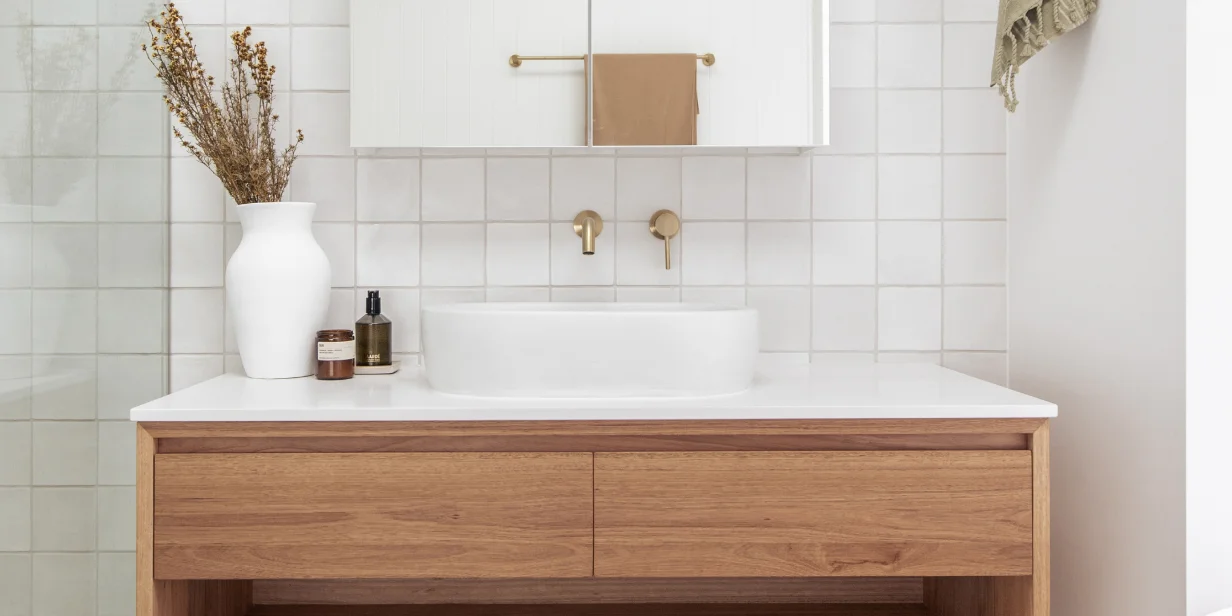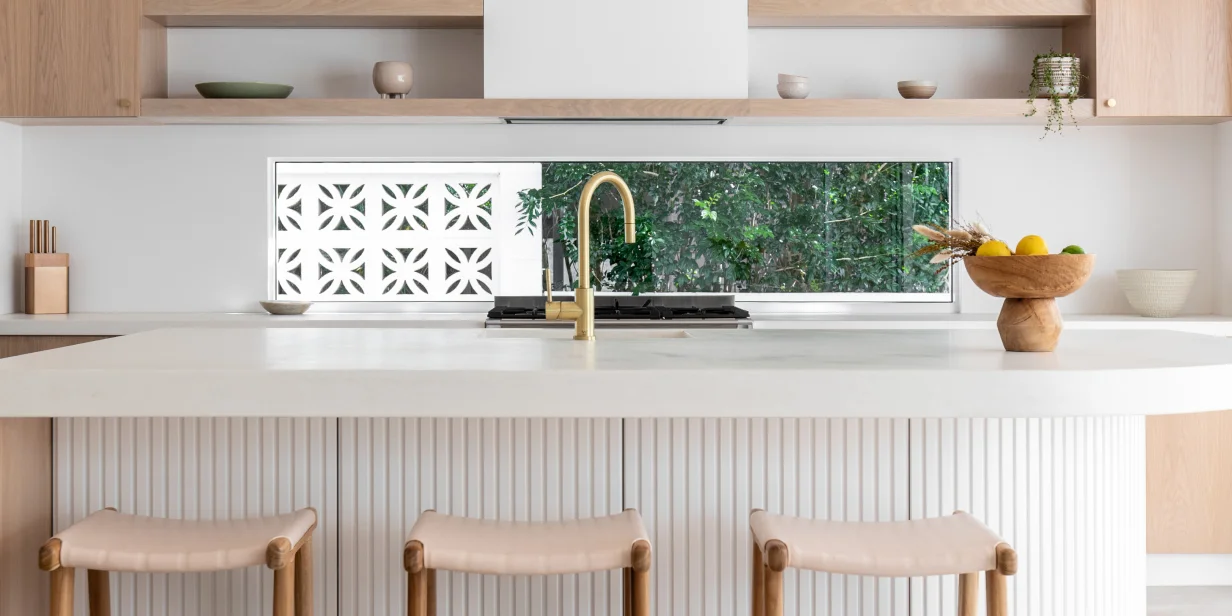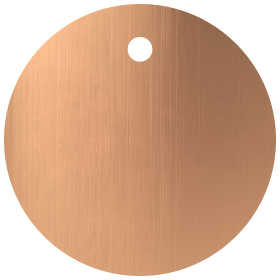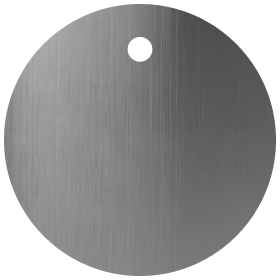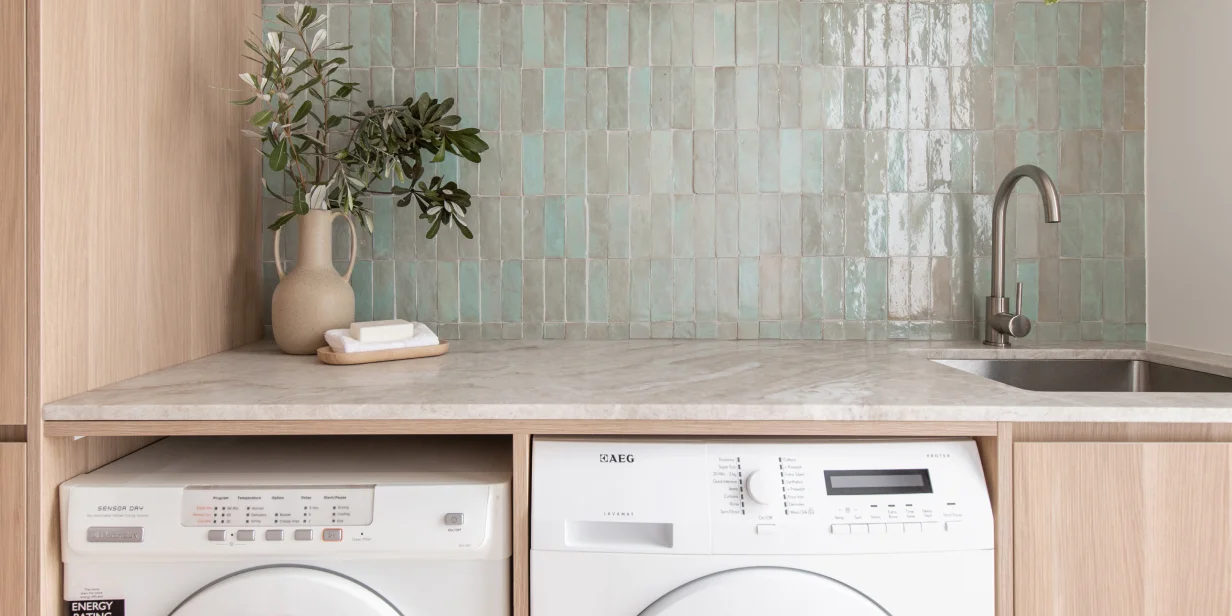Wood Interiors Are Making a Comeback
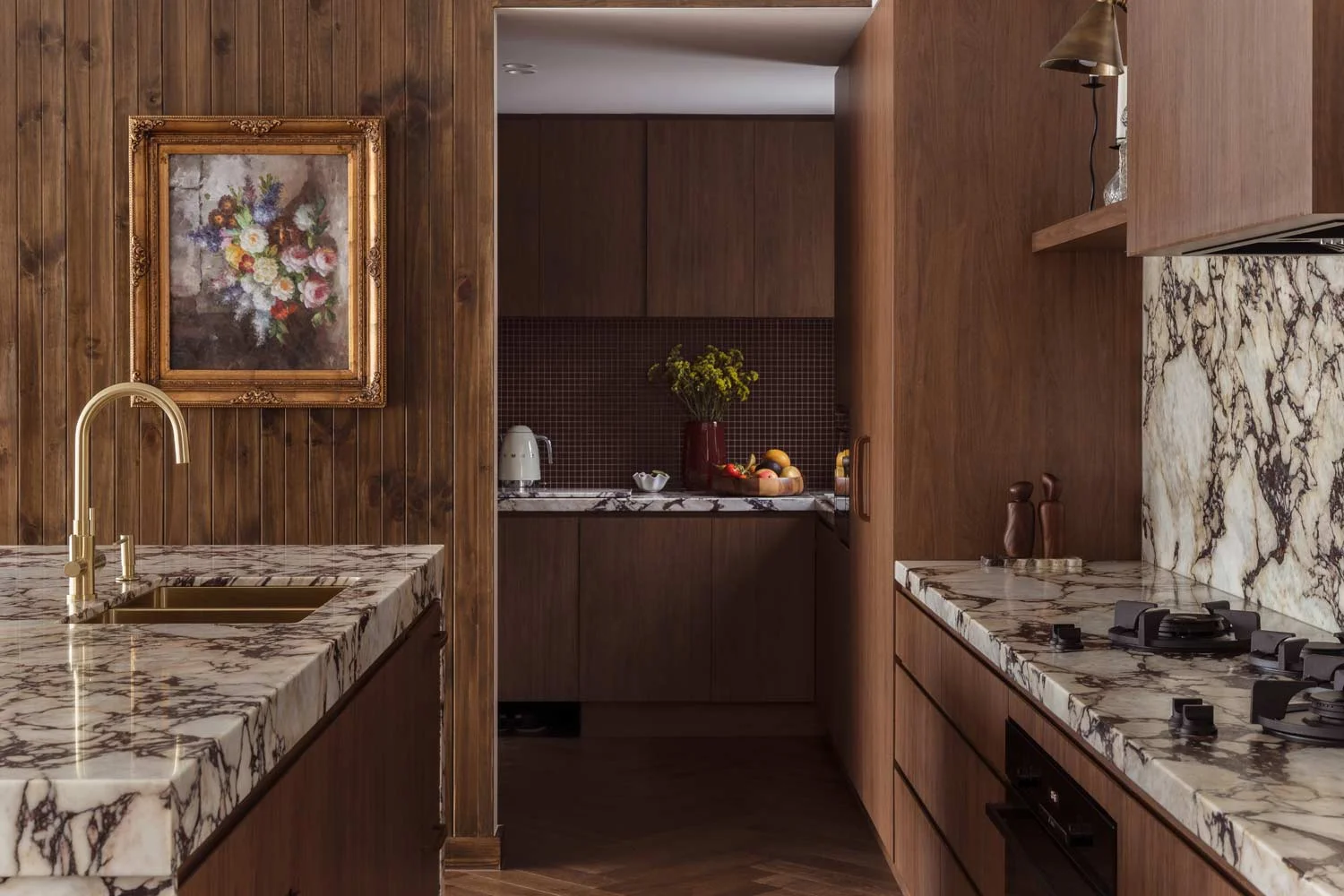
Wood is experiencing a powerful resurgence. As homes evolve into more personal and emotionally grounded spaces, this classic material is being rediscovered and redefined for modern living. From bold architectural features to finely crafted finishes, wood interiors are warm, grounding, and endlessly versatile.
More than a trend, it’s a design language that speaks of depth, authenticity, and a deep connection to nature. From cabinetry and exposed beams to entire rooms drenched in timber, we explore how you can embrace the natural beauty of wood in your own space.
Why Are Wood Interiors Trending?
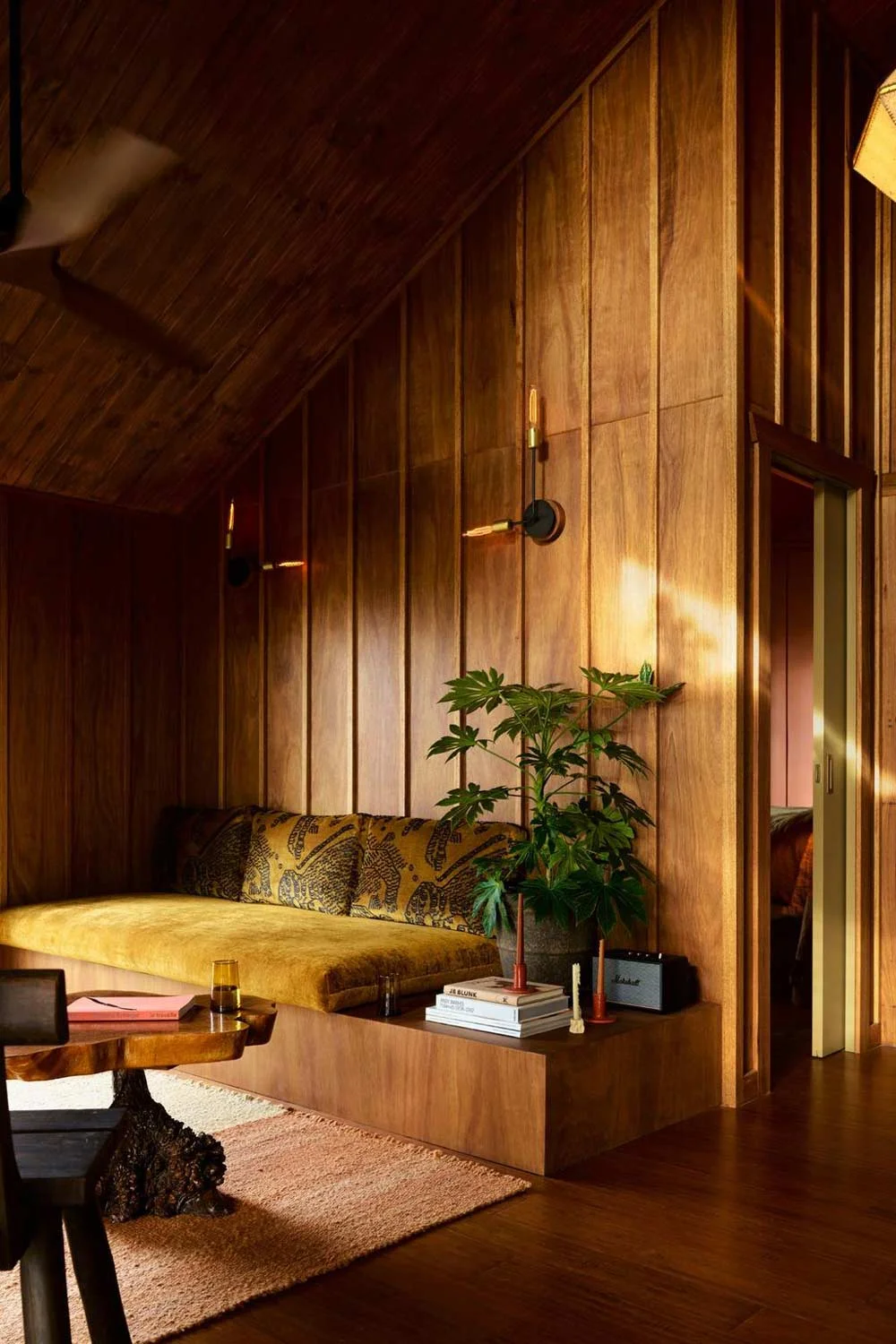
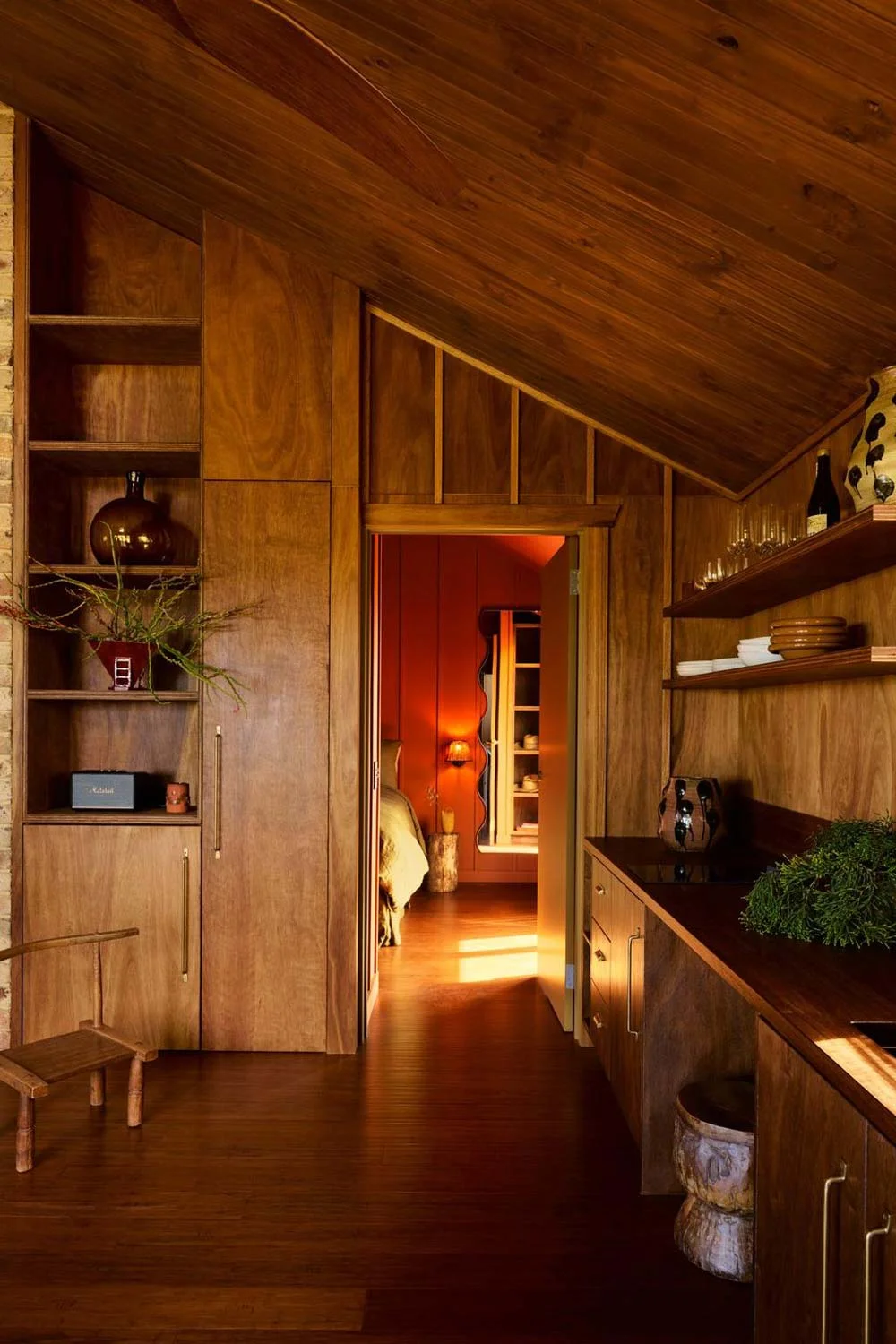
The revival of wood in interiors reflects a collective longing for authenticity, texture, and a closer connection to the natural world. It’s a material with emotional depth — earthy, grounding, and quietly evocative. Whether left raw or carefully finished, timber offers a tactile richness that few other materials can truly replicate.
Beyond aesthetics, wood aligns with the rising demand for sustainable and natural materials. Responsibly sourced timber supports eco-conscious design and offers longevity, making it both a beautiful and ethical choice.
As a pillar of biophilic design, wood interiors help create calming, nature-connected spaces that support well-being. Its unmatched versatility across design styles — from minimalist to rustic — makes it a powerful tool in modern interiors.
Popular Wood Interior Features
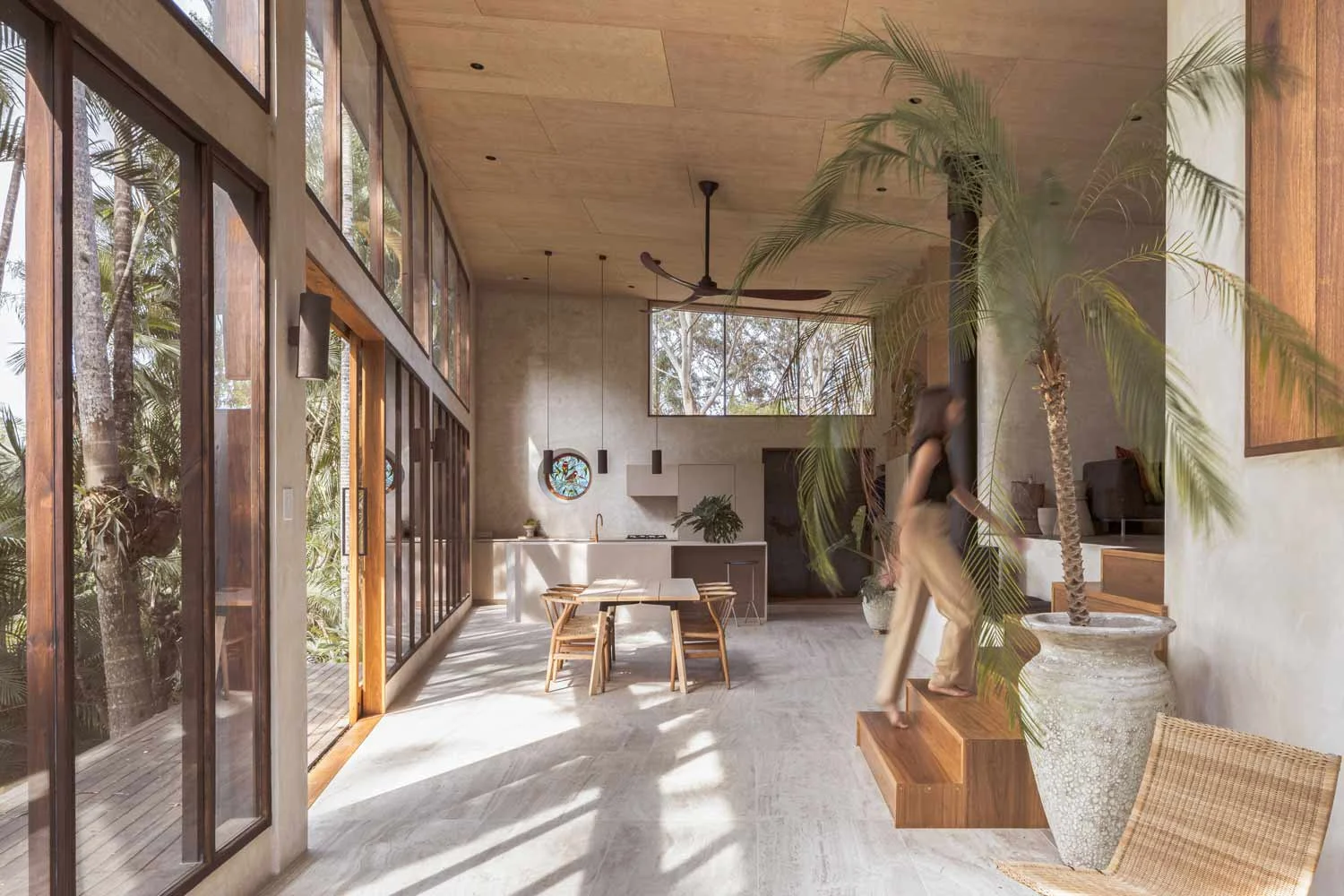
Exposed Wooden Beams
Exposed beams bring immediate character and architectural depth to a space. Favoured in rustic and farmhouse styles, they create striking overhead features that enhance the openness of lofts and open-plan layouts. Adding skylights or recessed lighting between exposed beams can help draw the eye upwards, highlighting their bold, organic presence.
Herringbone & Wooden Floors
Wooden flooring is a core element that fits into nearly every design style — from Scandinavian and mid-century modern to rustic and contemporary. Its adaptability ensures it remains a timeless option that brings natural warmth to any room.
Beyond the classic straight plank layout, popular patterns like herringbone, chevron, and parquet bring visual interest and rhythm. These layouts can subtly elevate a room while allowing the natural beauty of wood interiors to shine.
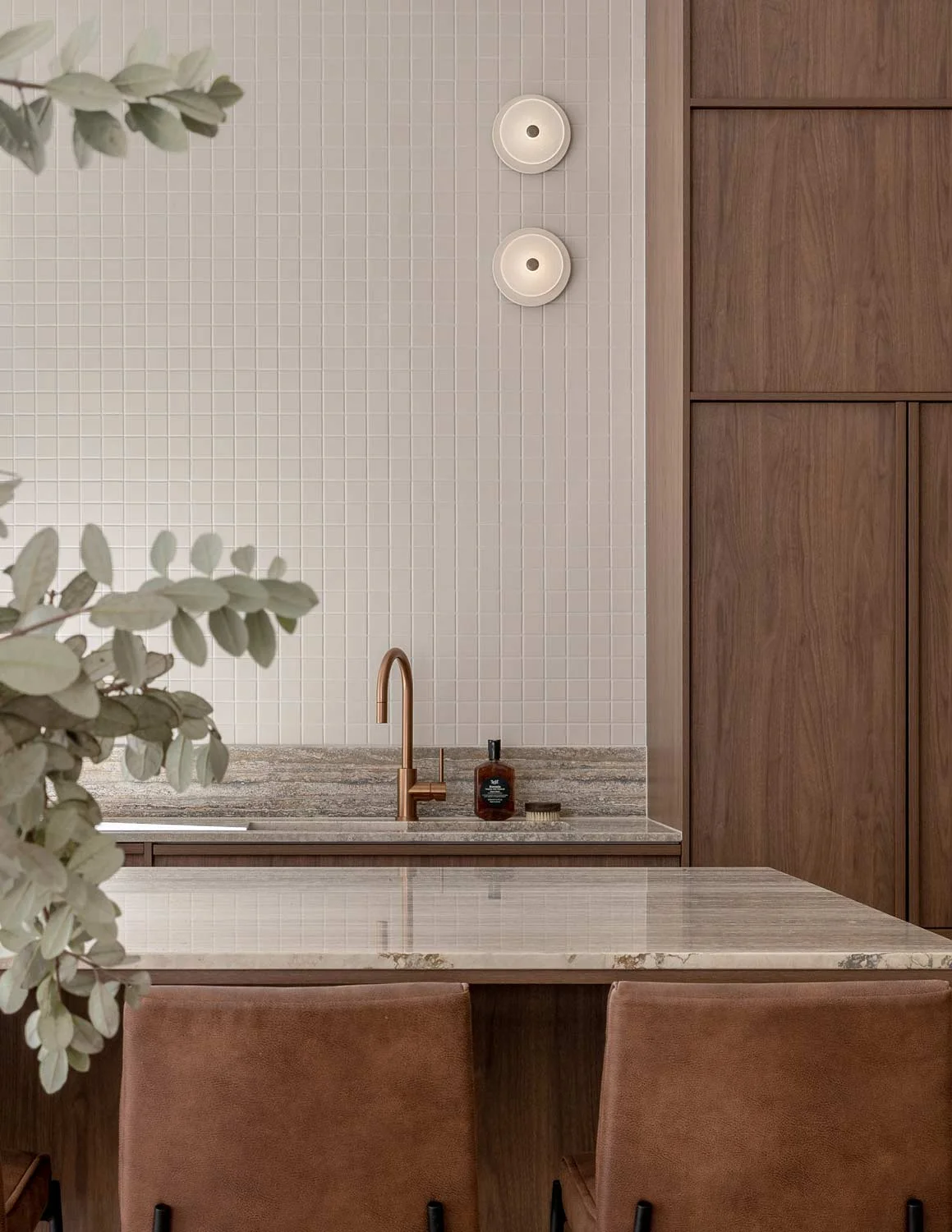
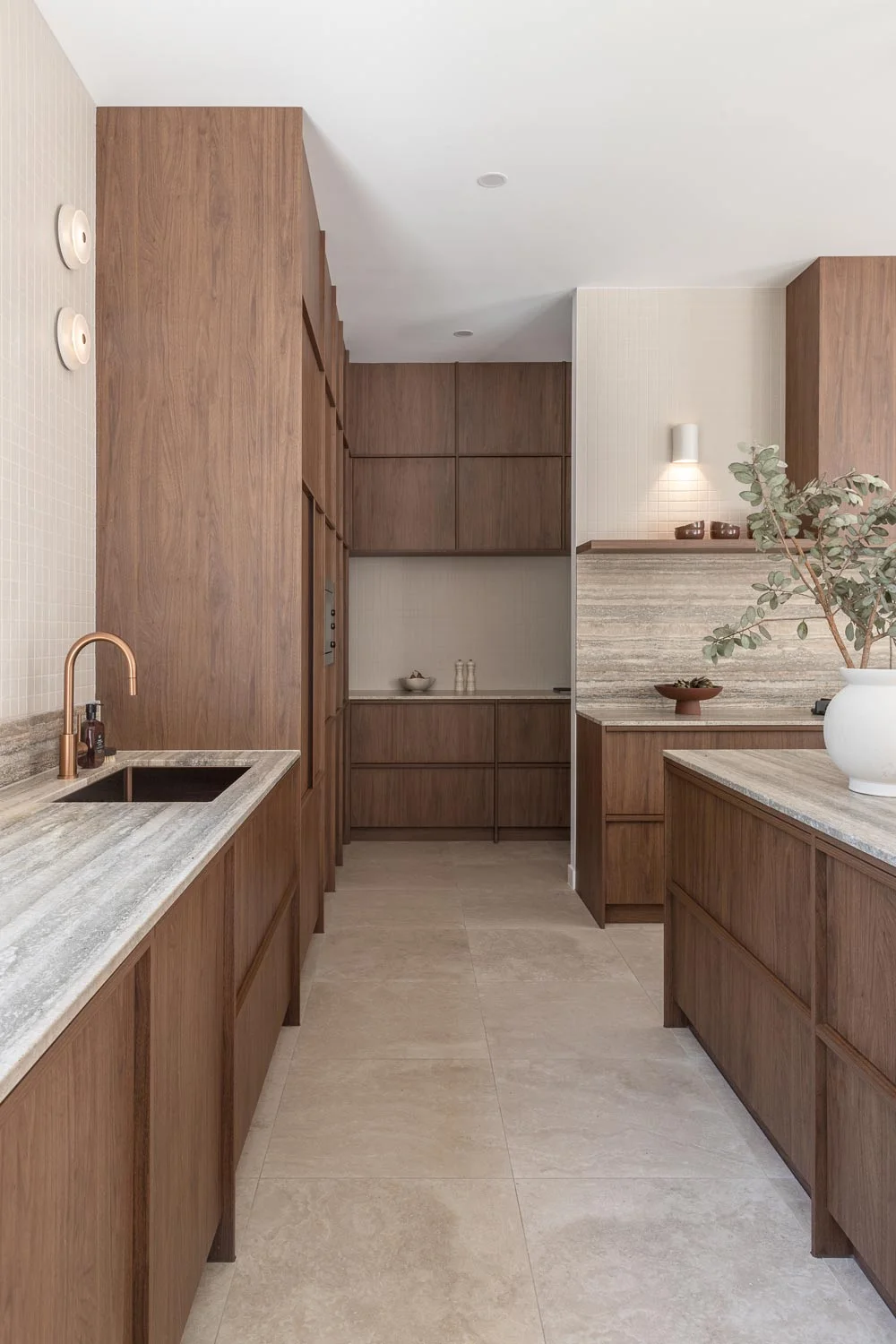
Wooden Kitchen Worktops & Cabinetry
Natural finishes have become central to kitchen design across the UK, with wooden cabinetry and worktops providing a grounded, tactile appeal that suits everything from coastal cottages to classic farmhouse kitchens.
It’s also a core material in the growing organic modernism movement, which blends the sleek minimalism of modern design with the natural beauty of organic materials and textures like wood, stone, and concrete.
It’s important to note that timber benchtops are more susceptible to damage like scratches, stains, and heat burns than other materials. Regular maintenance, including oiling and avoiding heat and harsh cleaners, is essential for longevity.
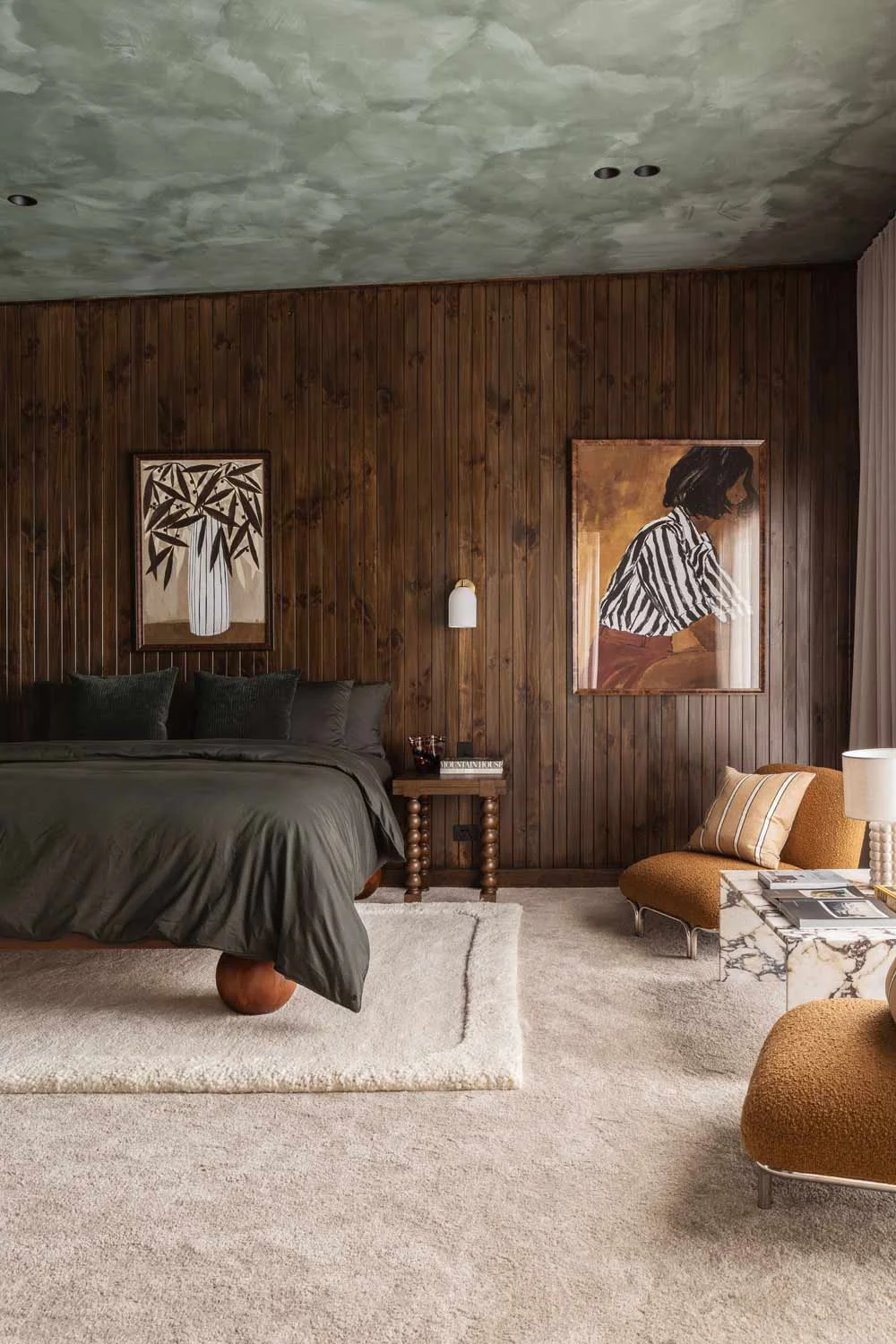
Wood Slat & Panelled Walls
That’s right, 1970s-era wood-clad walls are back. Whether slatted or panelled, wood interior walls bring architectural depth to a room without overpowering it. They are especially effective in moody or minimalist settings, where texture becomes the hero. A wood slat interior wall can function as a statement art piece, a natural backdrop, or a clever divider in open spaces.
Wood Interior Doors, Stair Railings & Shutters
Often, it’s the small details that unify and personalise a home. Wood interior doors provide a simple yet effective way to introduce warmth and texture, whether in their natural state or enhanced with stain for added depth. Even modest accents, such as wooden cabinetry handles, help to strengthen a cohesive and harmonious material scheme.
Wood stair railings refine transitional areas like staircases, linking multiple levels of the home through consistent material use. Meanwhile, wood interior shutters balance form and function, softening natural light while reinforcing a cohesive, earthy palette.
The Rise of Wood Drenching
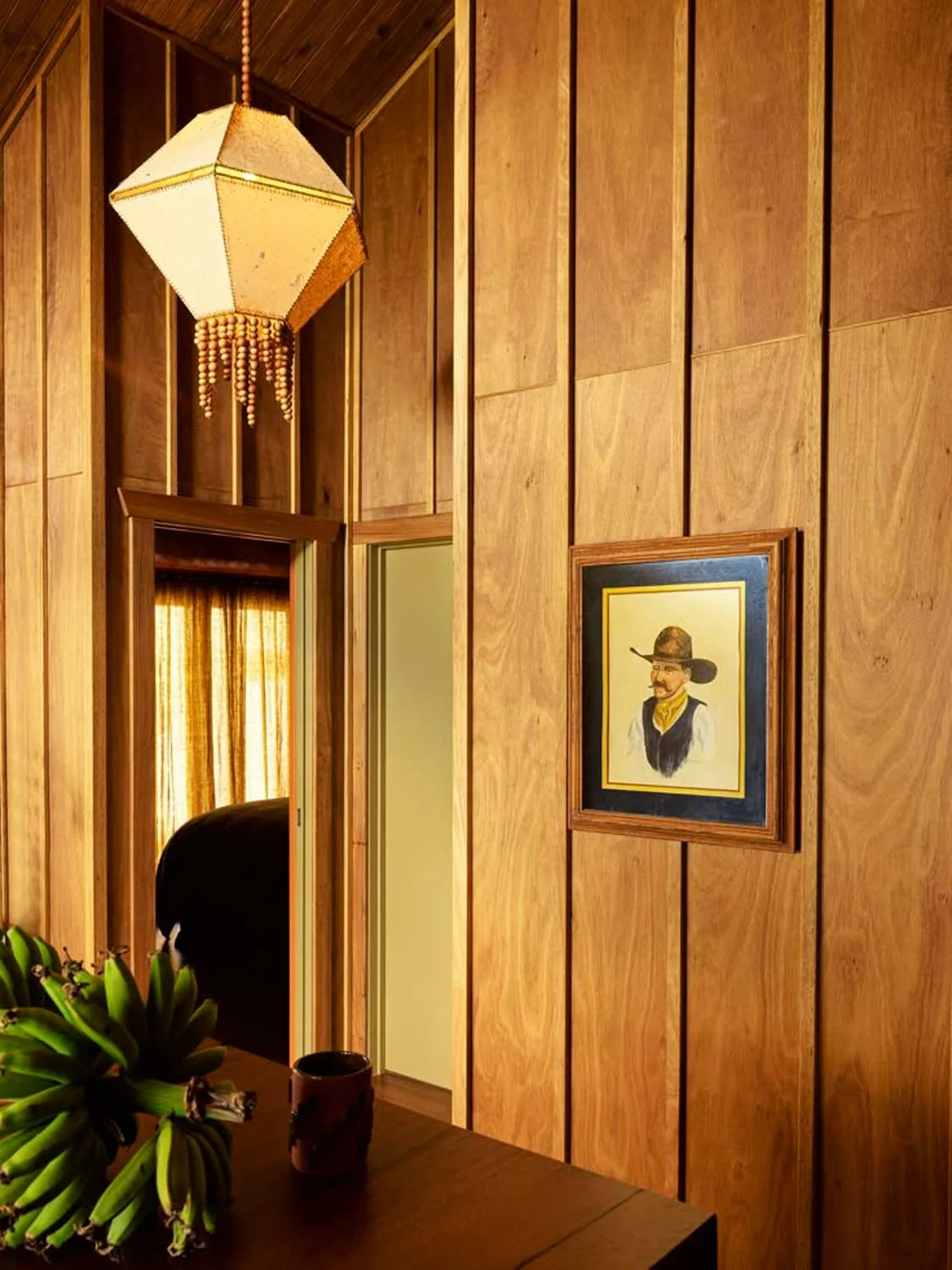
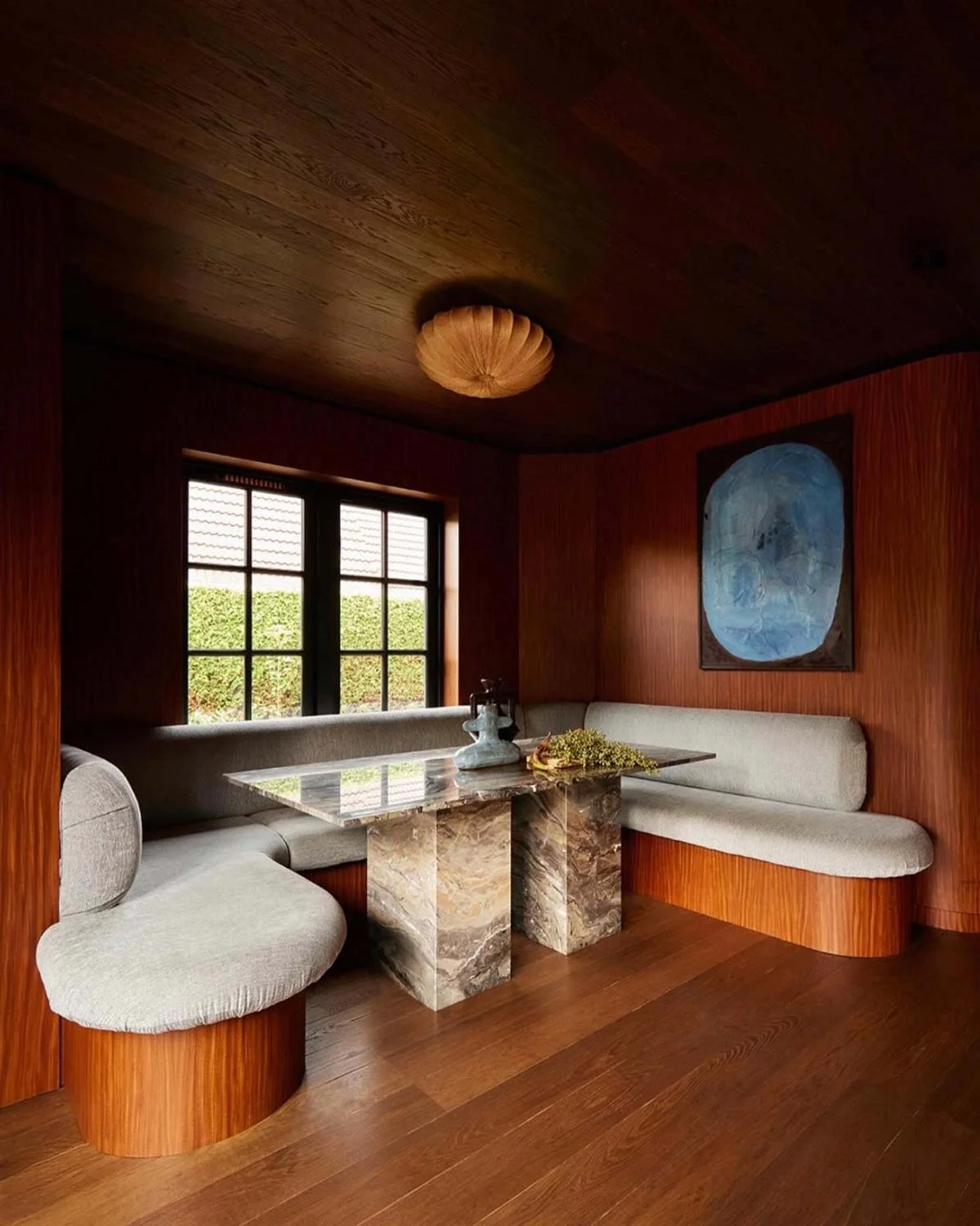
A fresh trend emerging in timber interiors is wood drenching — a bold yet calming technique that extends a single timber tone across several surfaces. A natural progression of colour drenching, one of the top interior design trends 2025, wood drenching wraps a room in a seamless flow of grain and colour.
Think floor-to-ceiling timber walls, matching ceilings, built-in cabinetry, and skirting details all wrapped in the same warm wood tone. The result is a cocooning, tactile effect that feels both modern and deeply grounding.
Wood drenching works particularly well in compact spaces like powder rooms, home offices, or reading nooks, where its immersive quality enhances comfort and intimacy. To maintain visual balance, introduce subtle contrasts — from thoughtfully chosen artwork and brushed metal accents to soft furnishings and natural stone elements — to break up the palette without disrupting the room’s cohesion and warmth.
Design Styles That Celebrate Wood Interiors
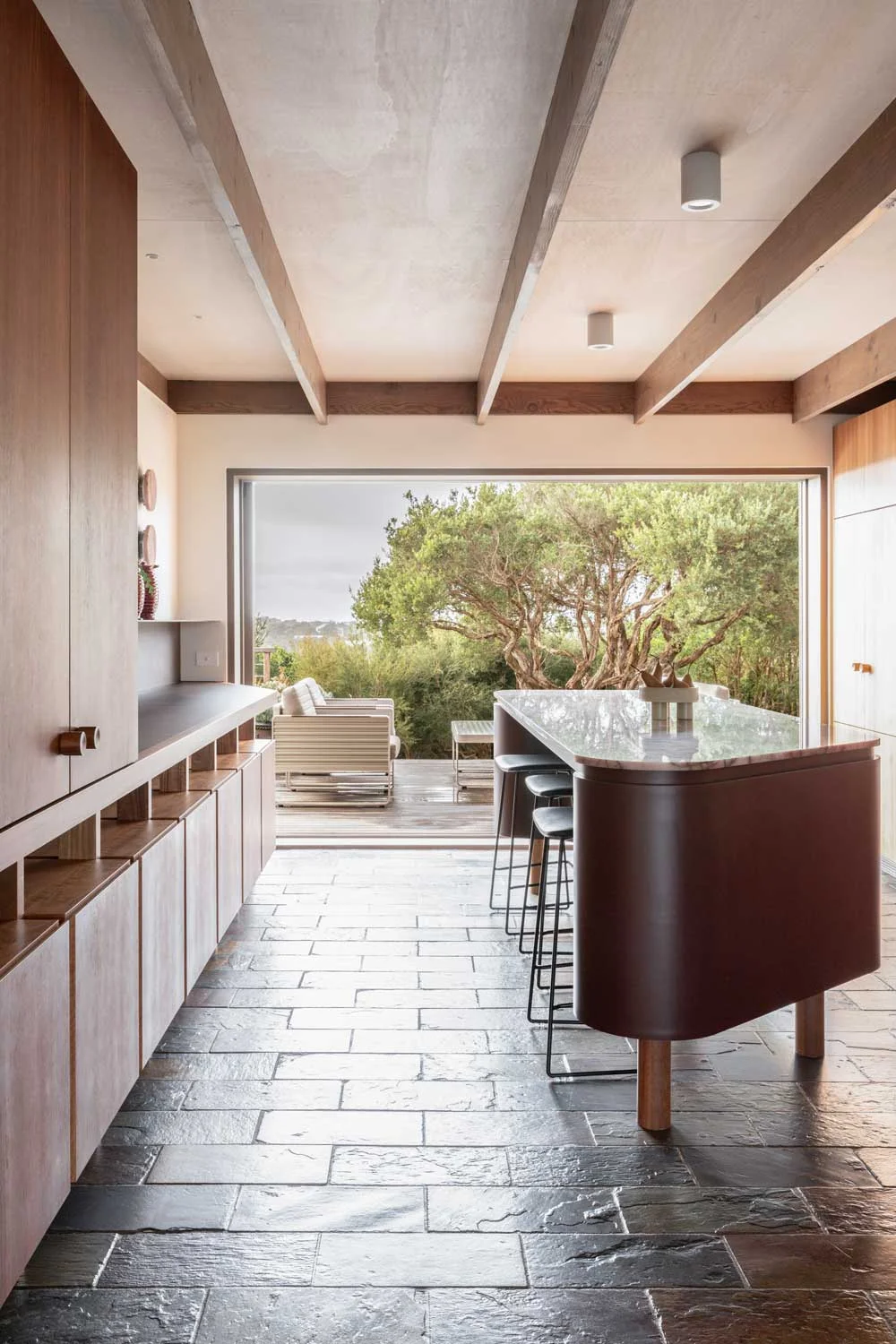
Some of today’s most popular design styles champion the beauty and versatility of timber, using it not just as a material but as a defining feature. Here are a few of our favourites:
Modern Farmhouse
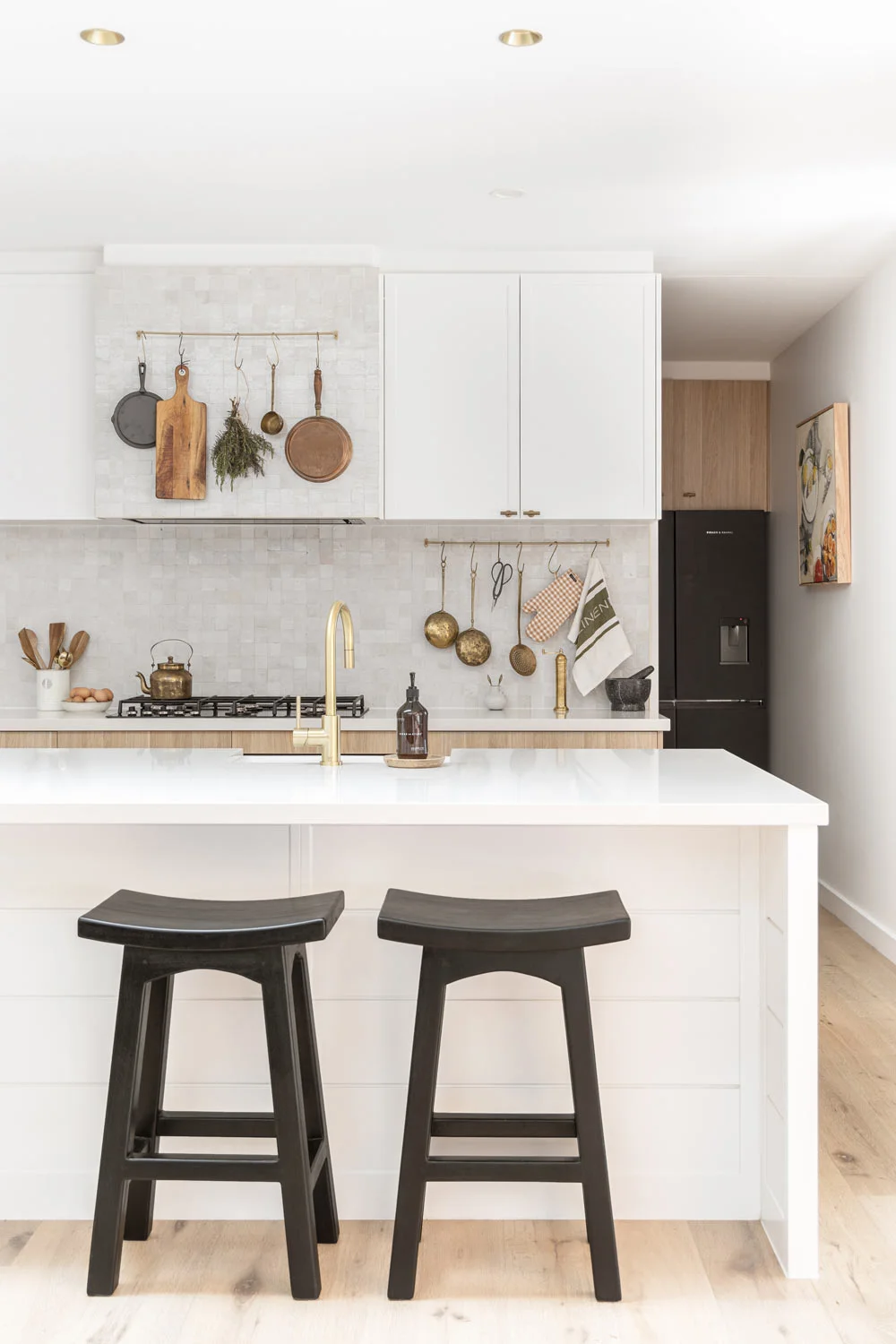
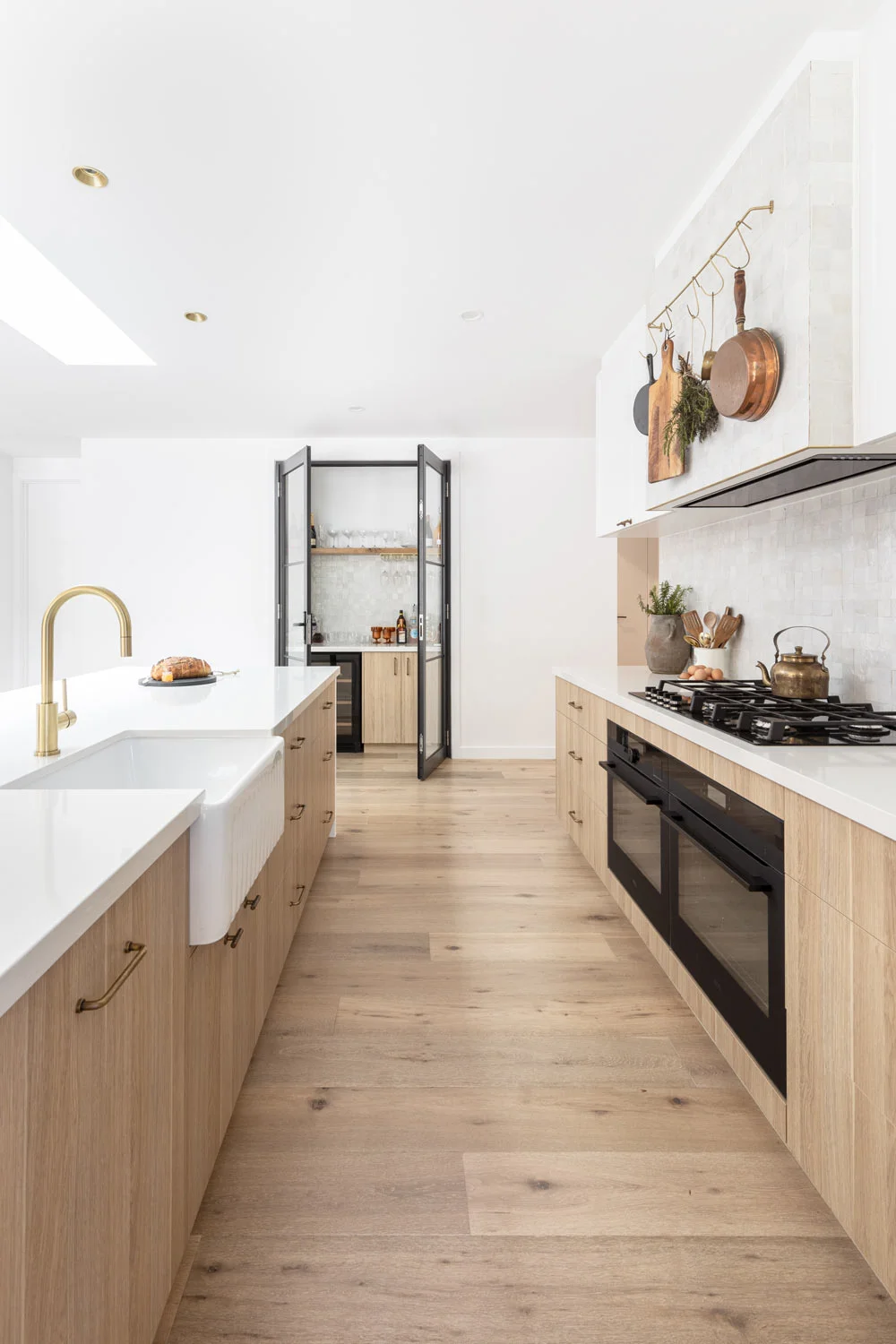
Modern farmhouse interiors strike a balance between rustic charm and contemporary ease, and timber is central to bringing that harmony to life. Think exposed wooden beams in the ceiling, wide-plank timber floors, and shaker-style wooden cabinetry, and timber bathroom vanities.
Wood is often paired with earthy, neutral palettes, matte black tapware, and stone for a look that feels both grounded and refined. Details like reclaimed wood dining tables or timber-framed mirrors add texture and warmth throughout the home.
Rustic Decor
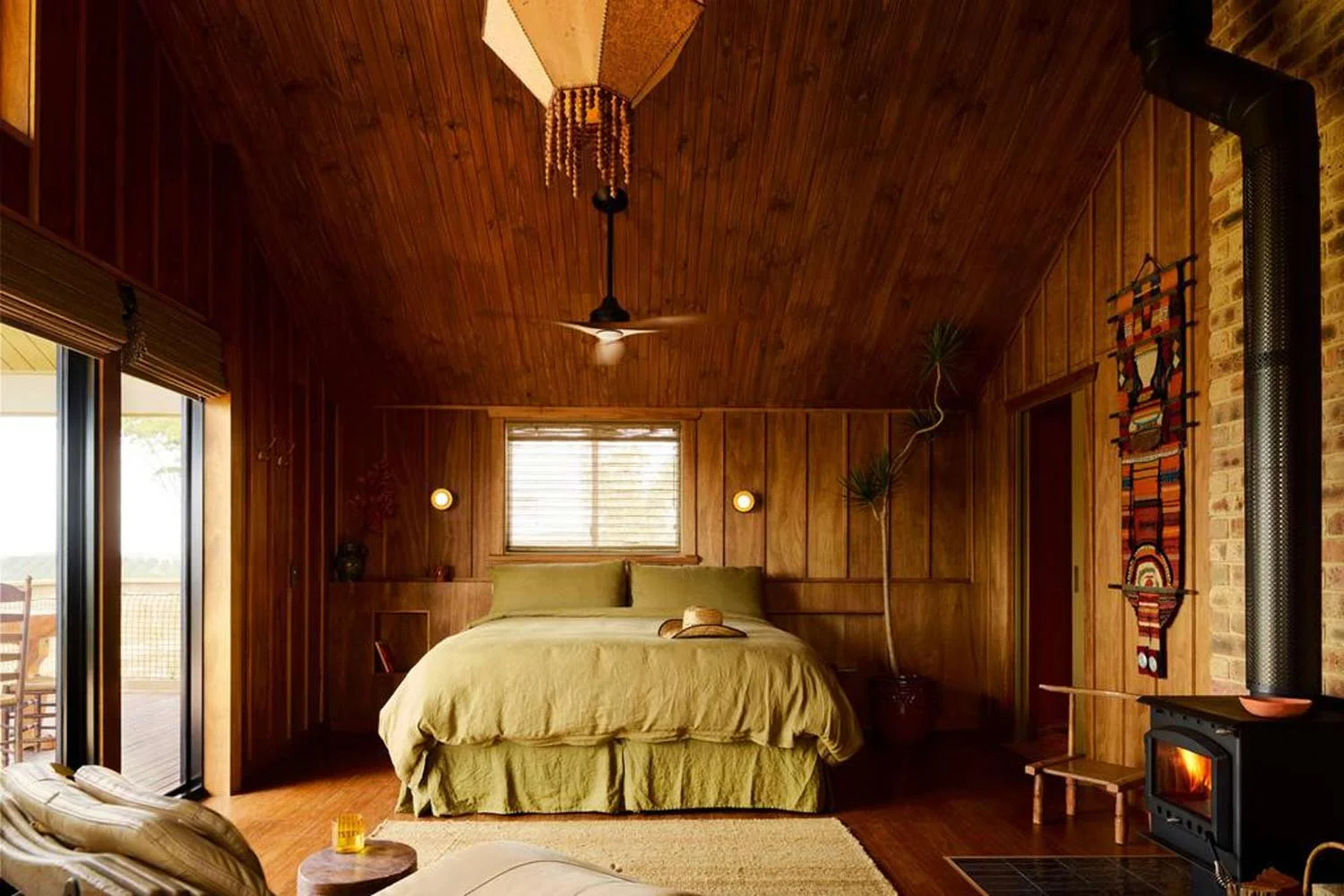
Rustic interiors celebrate the unrefined charm of timber, highlighting its natural imperfections and organic texture. Reclaimed wood takes centre stage, featured in elements like exposed ceiling beams, timber-framed windows, robust wooden furniture, and classic barn-style sliding doors.
Wood interior walls with rough-sawn finishes or distressed textures create a sense of authenticity and age. In a rustic home, every knot, grain, and imperfection in the timber tells a story, adding cosy character to the space.
Scandinavian
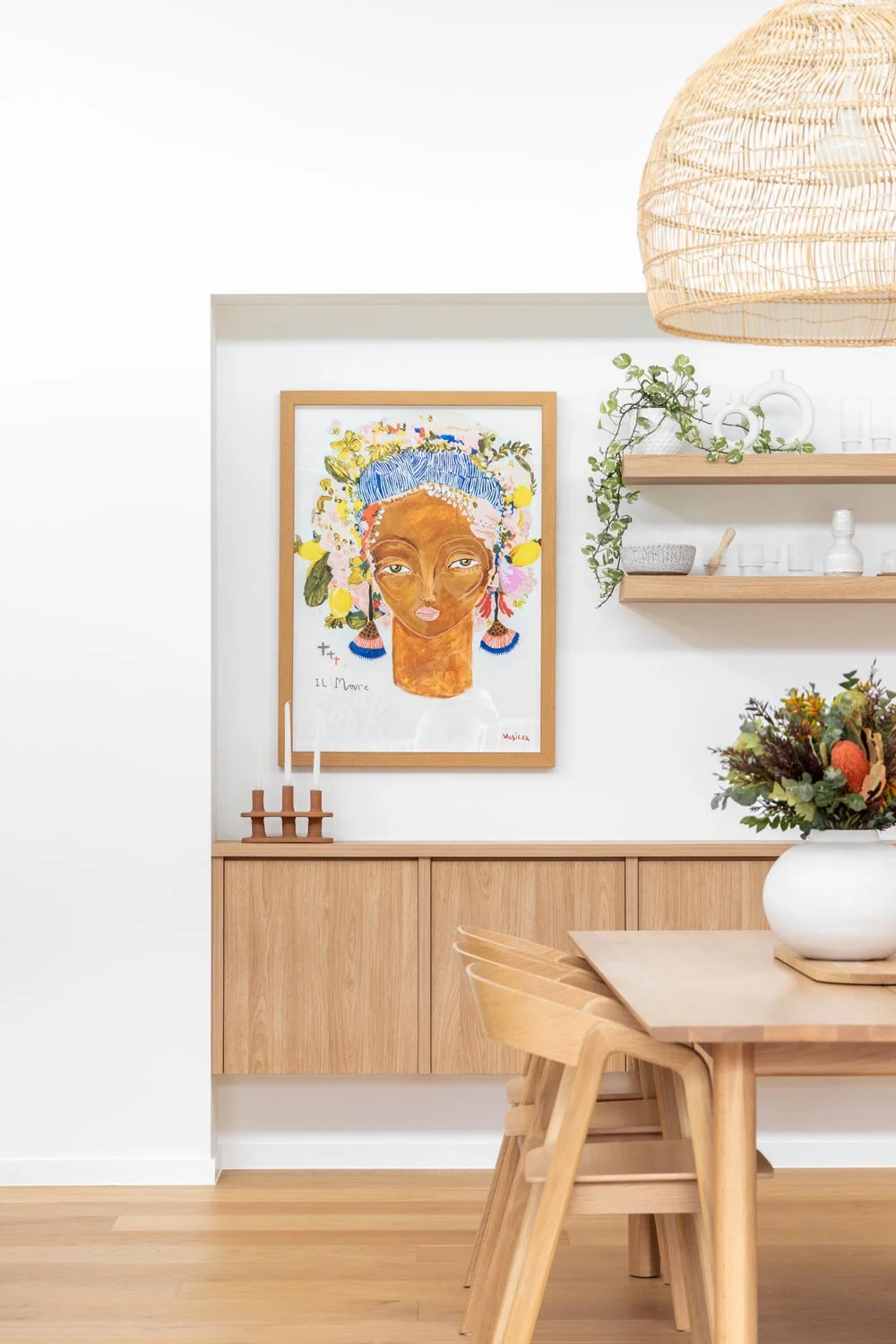
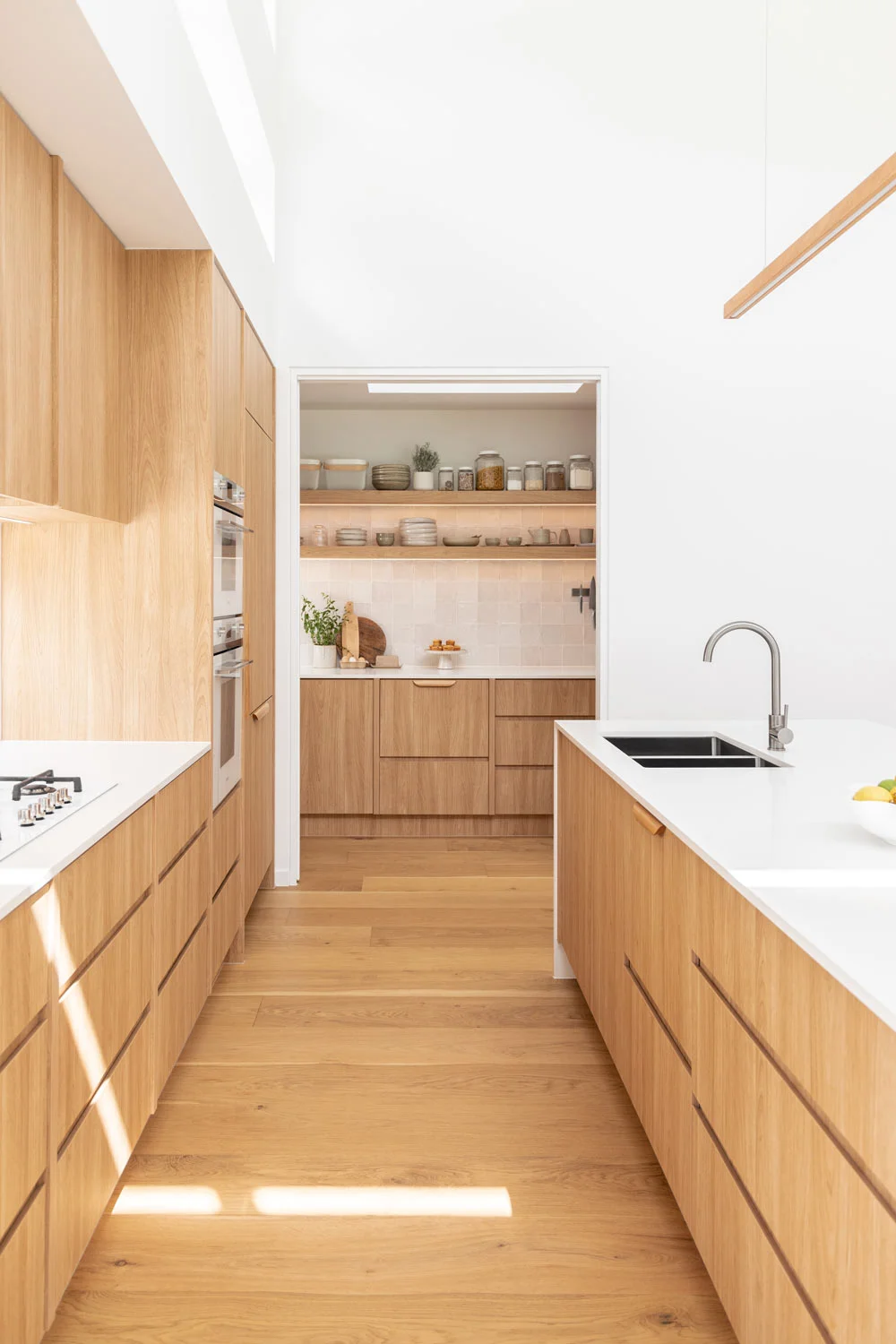
Scandinavian interior design, known for its emphasis on simplicity, practicality, and a strong connection to nature, often incorporates light-toned timbers like birch, ash, and oak to create calm, airy spaces.
Light wooden floors help to reflect limited natural light, while minimalist furniture with slim wooden legs enhances the sense of space. Wood slat interior walls or timber wall hooks add subtle, purposeful detailing. This style celebrates clean lines and uncluttered living, using timber as both a practical and decorative element.
Mid-Century Modernism
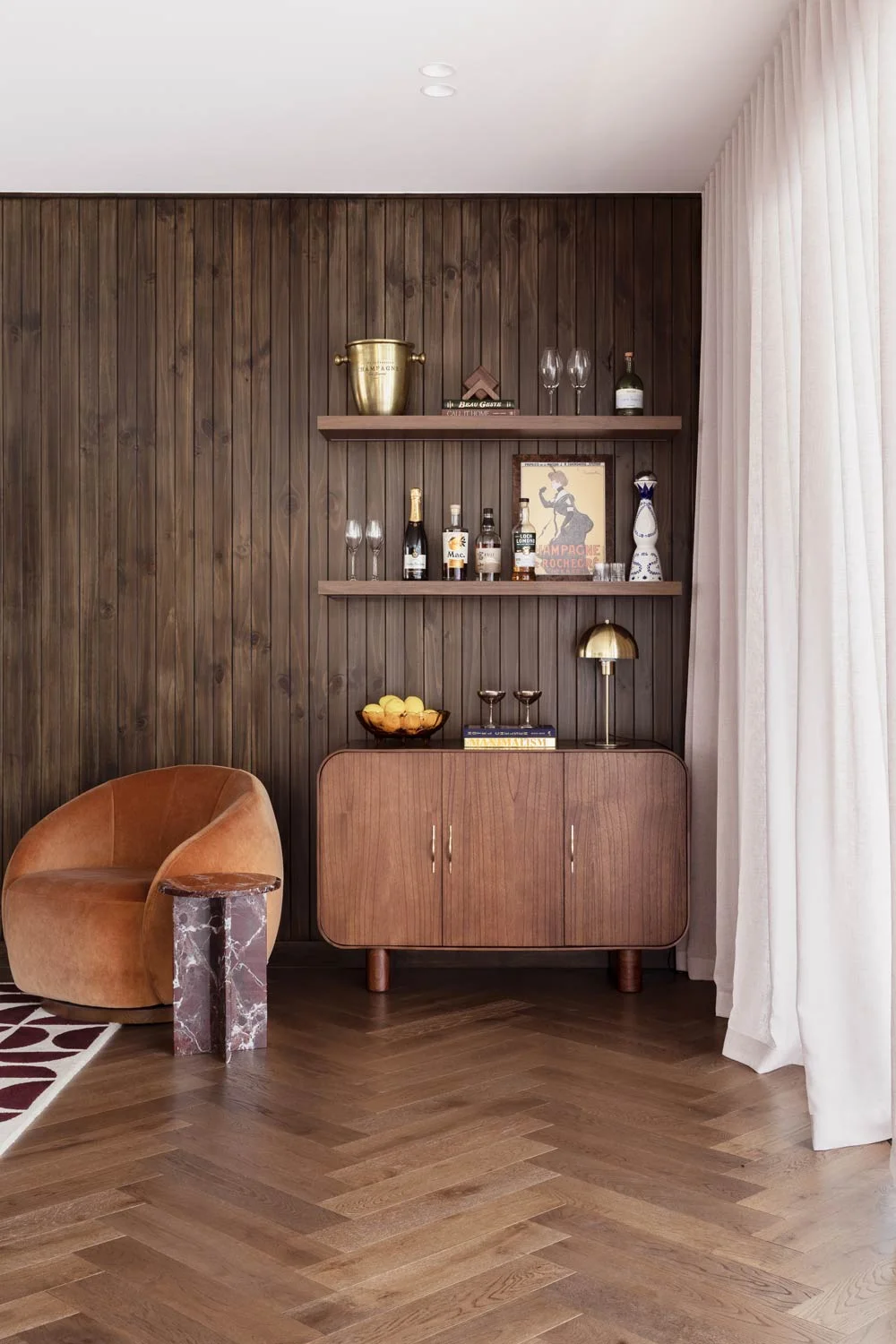
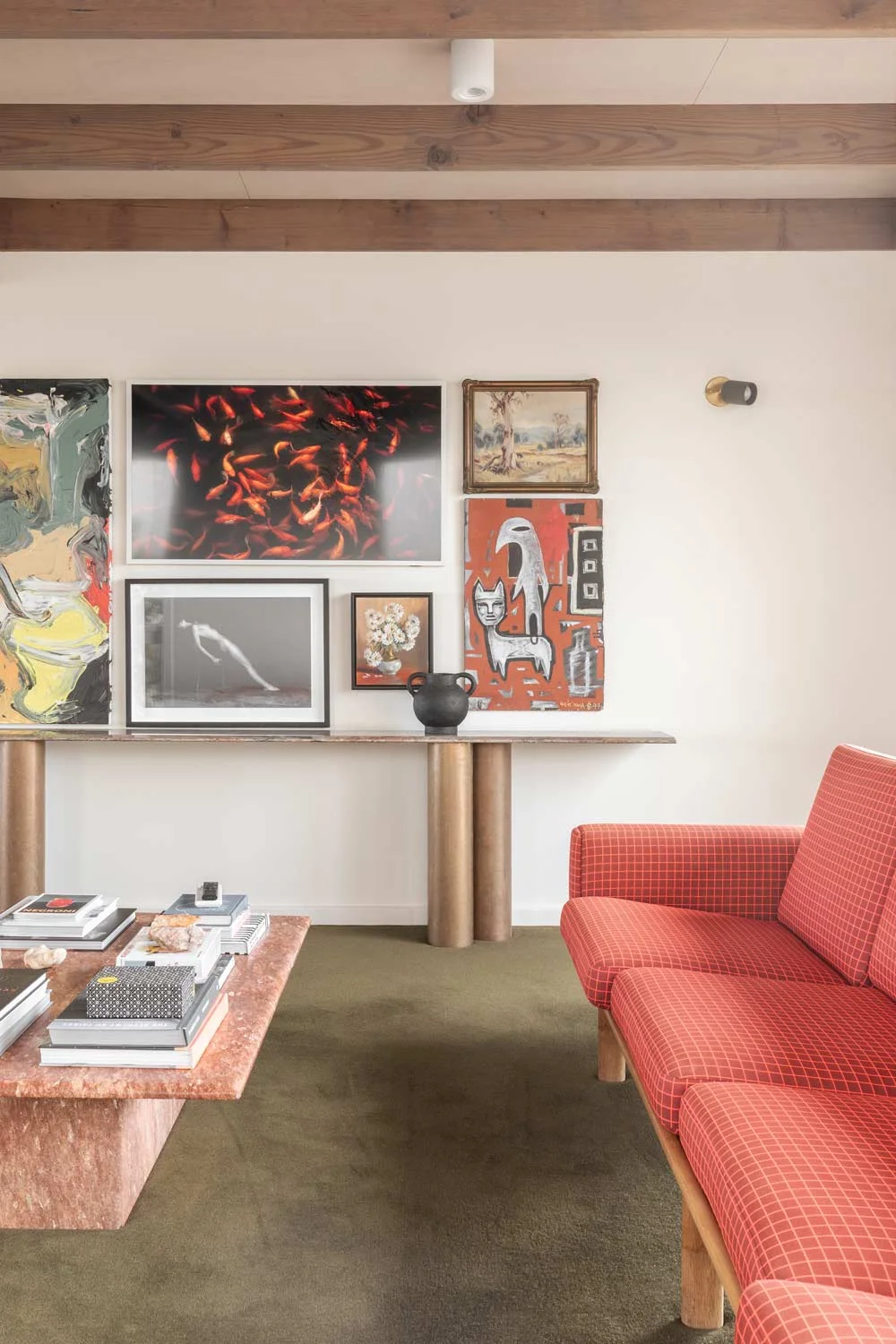
Known for its timeless appeal, mid-century modern design heroes warm wood tones and clean silhouettes. Rich timbers like teak, walnut, and rosewood are commonly used in retro, low-slung sideboards, tapered-leg coffee tables, and streamlined bed frames.
Wall panelling or built-in wooden shelving helps define open-plan living areas, while sculptural wooden accents — think classic dining chairs or bespoke wooden wet bars — bring a sense of organic elegance. When it comes to this design style, timber is valued not just for its structure but for its innate ability to soften and humanise modern forms.
Feeling inspired to jump on the wood interiors trend? Read these blogs:
10 Biophilic Design Principles to Reconnect and Ground Your Space
The Savoy Combines Mid-Century Elegance With New York City Hotel Glamour
This Mornington Peninsula Beachfront House Makes for a Retro Seaside Escape
